Learning Objectives
- Humble beginning to Boom year
- Diversity & Inclusivity in podcasting
- Where to discover podcasts
- Who is podcasting?
- Trends in podcasting
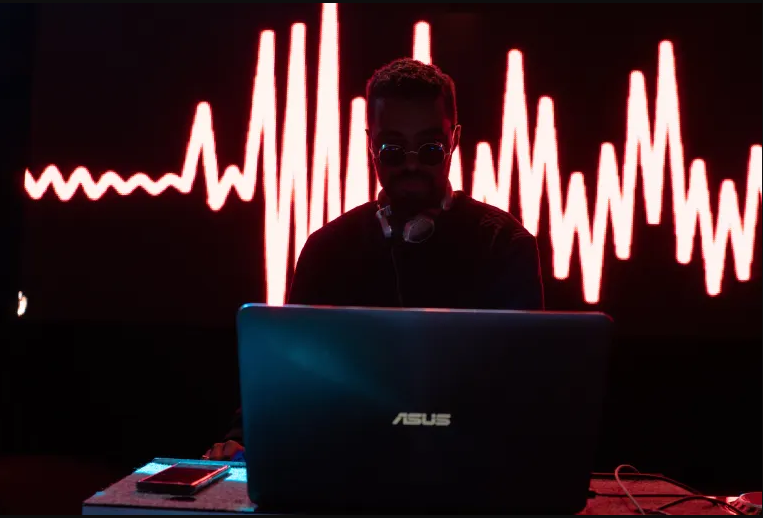

The milestone celebrated in 2023 signaled that podcasting is mainstream. The first podcast on July 9, 2003 was created by software developer and blogger Dave Winer and journalist Christopher Lyden. Today, podcasts have more listeners than ever, especially among young people, and audiences are spending more time listening, fueled by the growth in smartphones, smart speakers, and in-dash entertainment systems. Growth in diversity saw the number of Black and Hispanic podcast listeners increase over 30% in the last two years in the U.S.
Worldwide the number of podcasts is now considered to be between two to five million. There are differing numbers because they reflect the podcast directory being used. Podcast Index, which is primarily built from discovering open podcast RSS feeds on the web, says there are more than 4.3 million podcasts.
The Apple Podcasts catalog lists 2.6 million podcasts while Spotify says they have 5.5 million podcasts, reported by Podnews.
While those may seem like large numbers and lots of competition for ears and eyes, a huge number of the podcasts created during the pandemic years are no longer in production now that our lives have gotten a bit more normalized. In December 2020 the number of active podcasts – meaning that a new episode has been released in the last 90 days – stood at 59%. By January of 2024 that percentage has dropped to 17.2%, according to figures from The Podcast Host.
Most significantly, more than half of all that listening now happens on YouTube and Spotify combined, with one-third using YouTube followed by a quarter on Spotify, according to a survey by Cumulus Media and Signal Hill Insights.
This chapter gives an overview about the state of podcasting, who’s doing it, what researchers have discovered about audiences, and top trends such as the wide availability of AI tools now being used in podcasting for more than just creation of show transcripts.
The start of podcasting began with three people – a former MTV video jock, a software engineer who pioneered blogging and developed the web feed known as RSS, and a former journalist/writer.
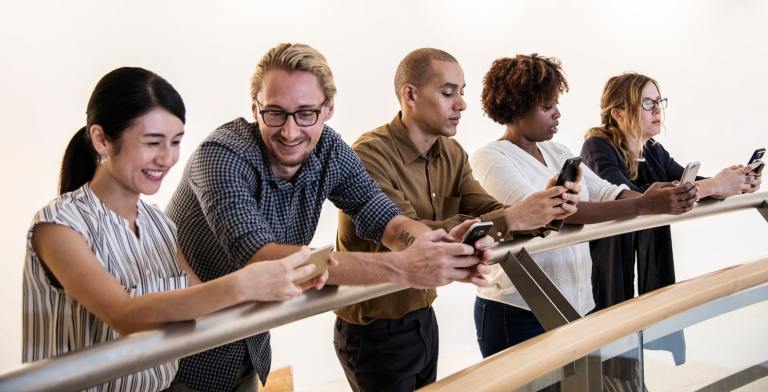
In 2001, media personality and entrepreneur Adam Curry, shared an idea in a blog post that led to podcasting. You can now see that post and learn the intriguing story of the first podcast feed, thanks to research by journalist and podcast creator Eric Nuzum.
Curry had met in a New York City hotel room with software engineer/blogger Dave Winer, the pioneer who created the tools that drove blogging and distribution technology. He posted about that meeting, “Adam wants the Internet to be Everyman’s broadcast medium, to route around TV and radio broadcast networks, with no compromise in quality. Now if this were easy, or the solution obvious, we’d already be doing it. But there’s a big sticky problem in the way, the pipes don’t seem big enough,” wrote Winer.
It wasn’t long before Winer had made the code changes to RSS that allowed for audio enclosures and the first podcast feed was released using one Grateful Dead song, which not many people heard. But it was the day when written word blogging moved over to distributing audio.
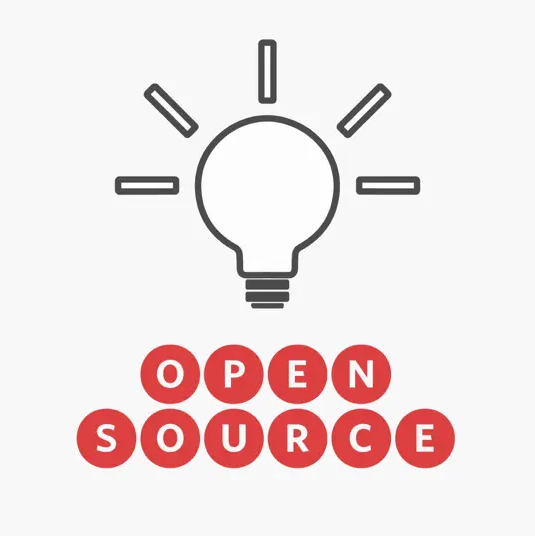
It took another two years for the first podcast by Winer and Lyden, created after a blogger conference at Harvard University. It became what is now the world’s longest-running podcast, Open Source.
Podnews offers a history lesson on podcasting in the United Kingdom.
The word podcast comes from the word’s “pod” as in iPod and “broadcast.” It was in 2005 that the Oxford Dictionary named “podcast” as its word of the year after journalist Ben Hammersley coined the term the year before.
In the early days, podcasts mostly came from radio corporations such as NPR, looking for new ways to distribute programming. Traditionally, a podcast has been defined as a digital audio file available on the internet that can be downloaded on a computer or digital device and is automatically received by subscribers.
But today, listeners are discovering podcasts in multiple ways, including YouTube and Facebook rather than podcast apps. However, in a keynote speech at the Podcast Movement conference, then Edison VP Tom Webster said that if it’s not downloadable and not on a podcast device it’s not a podcast.
It was the launch of “Serial,” that began the boom year for podcasting in 2014. It was the first podcast to reach 5 million downloads, shattering records at the time, and was the first podcast to win a Peabody Award. Millions more have since tuned in and it’s credited with opening the doors for other popular podcasts to be consumed by mass audiences in the so-called, “Serial effect,” especially in the true crime genre.
Sarah Koenig’s narrative podcast told a single non-fiction story over 12 episodes, using a narrator. The story was spun off from public radio’s “This American Life,” with a true-crime podcast focusing on the 1999 murder of a 15-year-old girl from Baltimore.
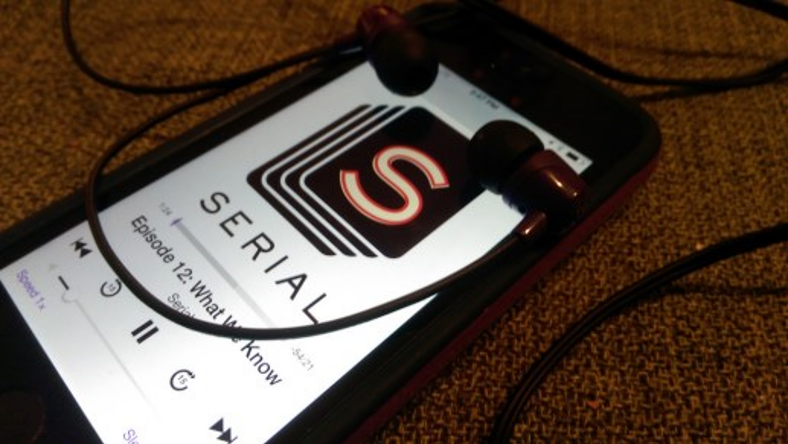
A former high school boyfriend named Adnan Syed was convicted of the crime and spent 23 years in prison. However, the Serial podcast shined a light on the case and a Baltimore Circuit Court Judge vacated the conviction and Syed was set free.
Then in another flip in the case, a Maryland appellate court reinstated the conviction in March 2023, deciding the victim’s family did not have enough time to attend a hearing case in person. Another review of the case will decide how both sides will proceed so it’s unclear whether Syed will remain free.
The smartphone is the most popular way to stream a podcast, although some do download shows to their computer. All podcast apps all have a library of podcast shows categorized alphabetically or by genre. In January 2023 Spotify had around a third of U.S. podcast listeners while Apple had a quarter, according Podtrac where you can see their relative share of total audience.
Most people get podcast recommendations from their friends, family, and colleagues, as well as from social media and online communities. There are also free podcast recommendation newsletters that you can sign up for to be sent directly to your inbox weekly, see the list below.
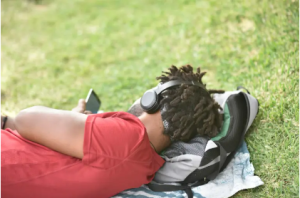
In podcast listening, use an open podcast app that supports Podcasting 2.0, which seeks to standardize and improve delivery of podcasts to all audiences and not just those who have paid for access. They include:






Hosting services that support Podcasting 2.0.
Podnews has a list of host services and how to add your podcast to every podcast directory.
There are currently no big hit podcasts, with the audience fragmented in listening to a variety of shows, according to a Pew Research Center survey. The majority of people tune in to podcasts for entertainment, followed by the desire to learn something new, or to have something to listen to while doing something else. Identifying what are the top shows depends upon what metric is used, since there is nothing like the music world’s “Top Billboard” chart or the Nielsen ratings for television.
The podcast ranker, Podtrac, publishes a monthly list of Top 20 Podcasts and Top 20 Publishers, while the Triton tracker does a weekly average. Podcast apps have their own analytics, as do the podcast hosting services. Spotify has added ‘Listen Time‘ to their podcast dashboard, which is defined as the “the total number of hours people have spent listening to or watching your episode.”
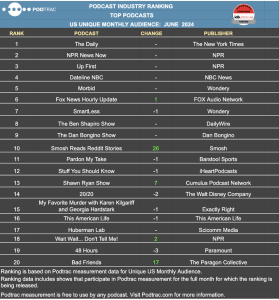
Edison Podcast Research measures the podcasting space in several different ways – with quarterly reports of the top 50 podcasts in the U.S., the top podcast networks, and in specialized areas for top podcasts among women, among Black listeners, for new hits, and even for shows with the highest portion of their audience that listens exclusively The company measures listening, not downloads, across all networks, shows, and platforms. Find out more about audience measurement in Chapter 10.
A powerful argument can be made that podcasting is the future of storytelling — it’s personal because you are directly talking to the listener.
Podcasting is also considered more trustworthy than traditional media, according to a study by Media Monitors. The medium took center stage as breathtaking world and domestic events occurred – a global pandemic, protests over racial injustice, economic recession, a violent attack against the U.S. Capitol, elections, and widespread calamity from climate change – all helping to spark a public hunger for information and entertainment.
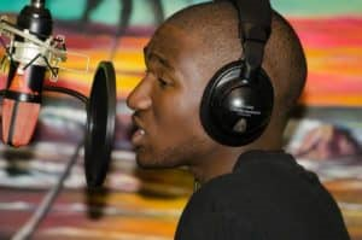
The stories can be powerful and engaging if there are great interviews, writing, and sound production. They can both reflect and lead the conversations with people sharing their experiences.
We live in an age where digital communication dominates our lives and technology has made it possible to be your own creator and publisher – giving more people a voice to be heard. But it’s not just individuals who podcast, its institutions, government, business, the arts, religion, non-profits, and education.
The power and reach of the medium are so pervasive that the U.S. Library of Congress has its own podcasts and added podcasts to its archive “as part of its mission to collect and preserve sound recordings,” and is contacting selected podcasters to seek permission to add their shows.
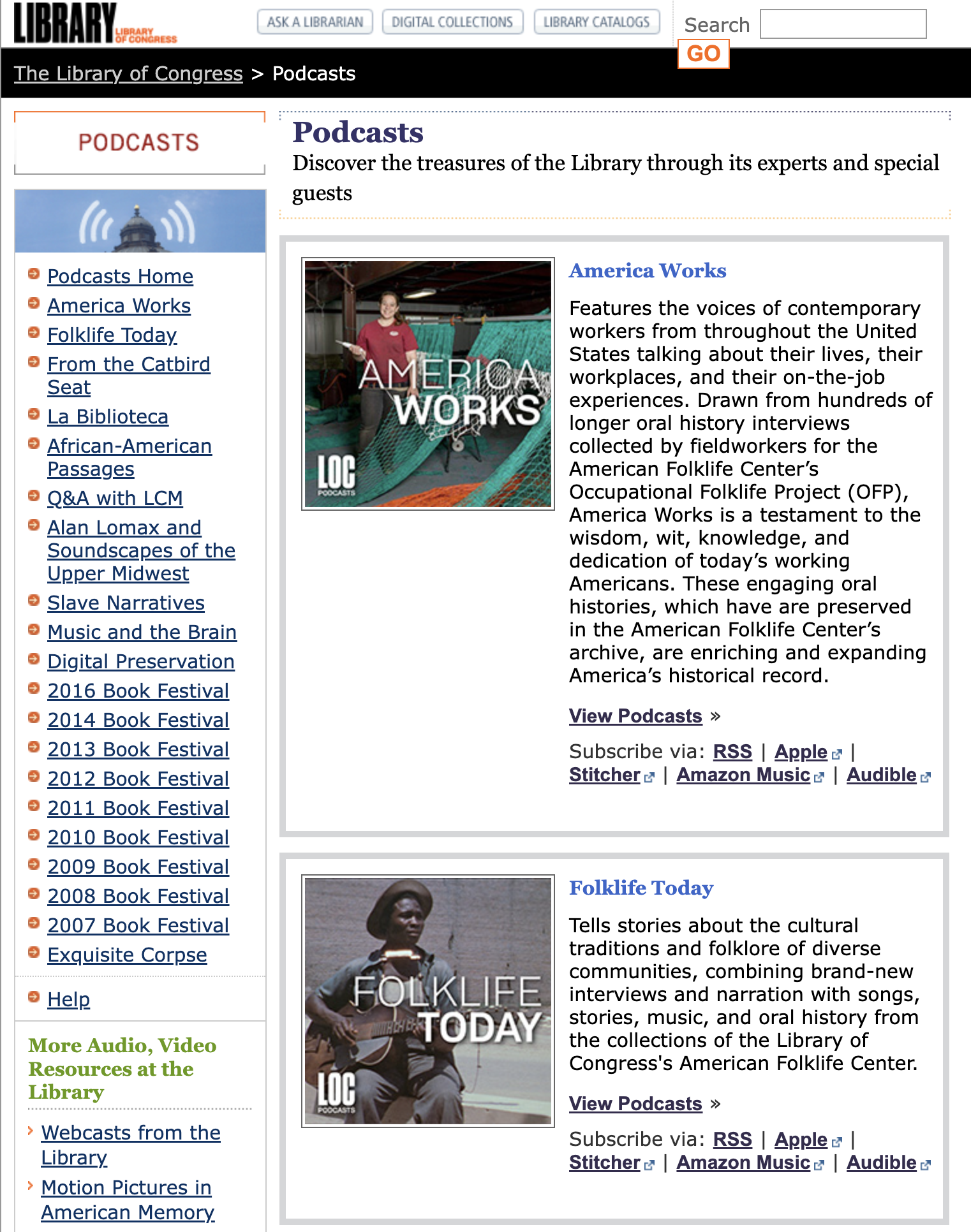
The Smithsonian’s storytelling is getting a boost from a new partnership with PRX. Their podcast, There’s More To That, covers history, science, and culture with journalists from Smithsonian Magazine. The first episodes tell backstories of two blockbuster movies, Oppenheimer and Barbie.
A number of colleges and universities have created podcasts that explore academic research or revolve around academic stars. “Deep Background with Noah Feldman” from Harvard explores the news from a historical, scientific, legal and cultural context.
Other podcasts feature students such as the podcast, “A Hard Look,” a podcast by the Administrative Law Review that I advised for the American University Washington College of Law.
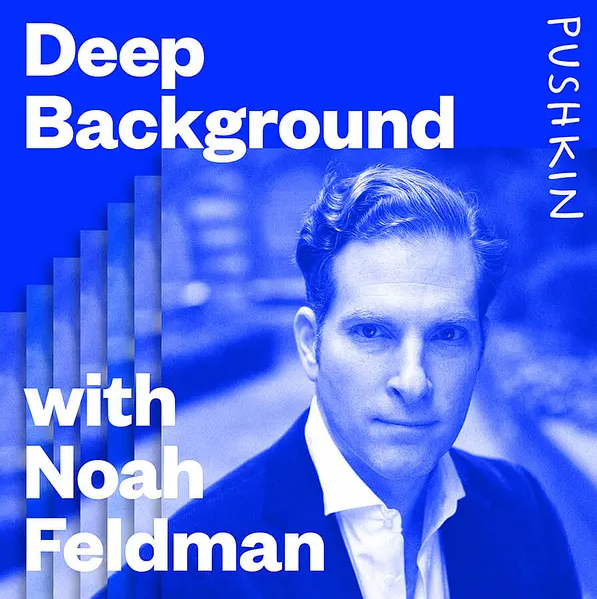
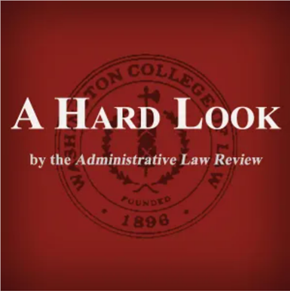
A podcast network called Booksmart Studios focuses on scholarly topics from linguistics to cancel culture. Funding came from a six-figure advance from Substack, the venture-backed publishing platform.
For students, NPR sponsors an annual podcast competition for middle and high school students each spring, with the winners stories put online. You can hear some very well done and unique stories including the 2 Best Mental Health podcasts.
For college students the Podcast Challenge time comes in the fall with a $5,000 grand prize scholarship and $500 prizes to finalists. Keep an eye open for announcements with entries between September – December.
Branded podcasts are built by a company or brand as marketing and storytelling tools – a way to engage with listeners as they provide information while also sharing brand information. However, the goal may not be just selling products or services but to build brand loyalty and connection with listeners. Quill has a white paper looking at case studies and measurement of brand podcasts.
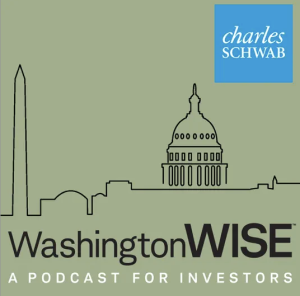

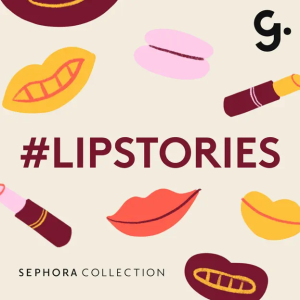
Financial services giant Charles Schwab has several podcasts with advice and a look at the political landscape for investments. Sporting goods company REI has multiple podcasts where outdoor enthusiasts share their stories on ultrarunning, hiking and bike building. The Sephora Collection had chats about self-image and becoming more confident. Oregon wine launched a podcast finder on its website, linking podcasts from 20 different creators with each winery on a map.
Podcasts are also proving to be a gold mine for Hollywood with a number of shows adapted to the television screen. In an interview with Deadline, ICM executive Caroline Edwards says if you have a successful show then chances are good that someone will want to turn it into a TV or film project. “This side of the business blew up after the success of Homecoming and Dirty John, which makes it a very exciting time to play in this space.”
Film and TV production companies test out ideas in the audio world of podcasting before deciding whether to go jump to screens.
In addition, there’s been an increase in the number of businesses doing internal company podcasts – in some cases replacing the company newsletter.
Companies use the podcasts in a variety of ways:
In 2020 Dropbox created an internal podcast in response to the Black Lives Matter Movement to discuss the difficult topic of systemic racism. Arlo Technologies has a podcast called the “Virtual Water Cooler” where the HR team talks with employees on different themes.
The private podcasts are done the same way as public ones, but businesses can restrict who has access. Content can be accessed on popular listening apps, but it’s not publicly displayed on Apple Podcasts, Google Podcasts, and others. The podcasting firm uStudio has seen its clients now produce an average of 10 podcasts using its platform, according to Digiday.
While mainstream news media organizations tend to be straightforward in dealing with fact-based content, independent podcasters can feel the need to advocate for causes in content and advertisements. After the U.S. Supreme Court ended 50 years of abortion rights, podcasters used the platform to share resources and organized language for host-read ads in opposition to the decision. BIPOC podcast creators stated a social initiative supporting those affected.
In an era when social media influences get paid for mentioning brands, Bloomberg journalist Ashley Carmen discovered what she calls, “the golden era of pay-for-play podcasting when guests pay handsomely to be interviewed.” Carmen reports that one podcaster took in $50,000. It’s not known how widespread the practice is but it’s “most popular among podcasts in the wellness, cryptocurrency, and business arenas.”
Such payments can be a problem if the audience is not told about guests paying for a show appearance and Carmen says the money can go both ways – with a podcaster paying for an interview with a special guest. The online platform Guestio, brokers such deals.
However, some shows like Entrepreneurs on Fire do put disclosures about sponsor payments at the end of the show.
In 2023 the number of people who had ever listened to a podcast increased to well over half the population – 64% of the American public or 183 million people, according to The Infinite Dial 2023 from Edison Research. The longest-running survey of digital media consumer behavior in America conducted a nationwide telephone survey in January in English and Spanish, using random digit dialing techniques to call both cell phones and landlines.
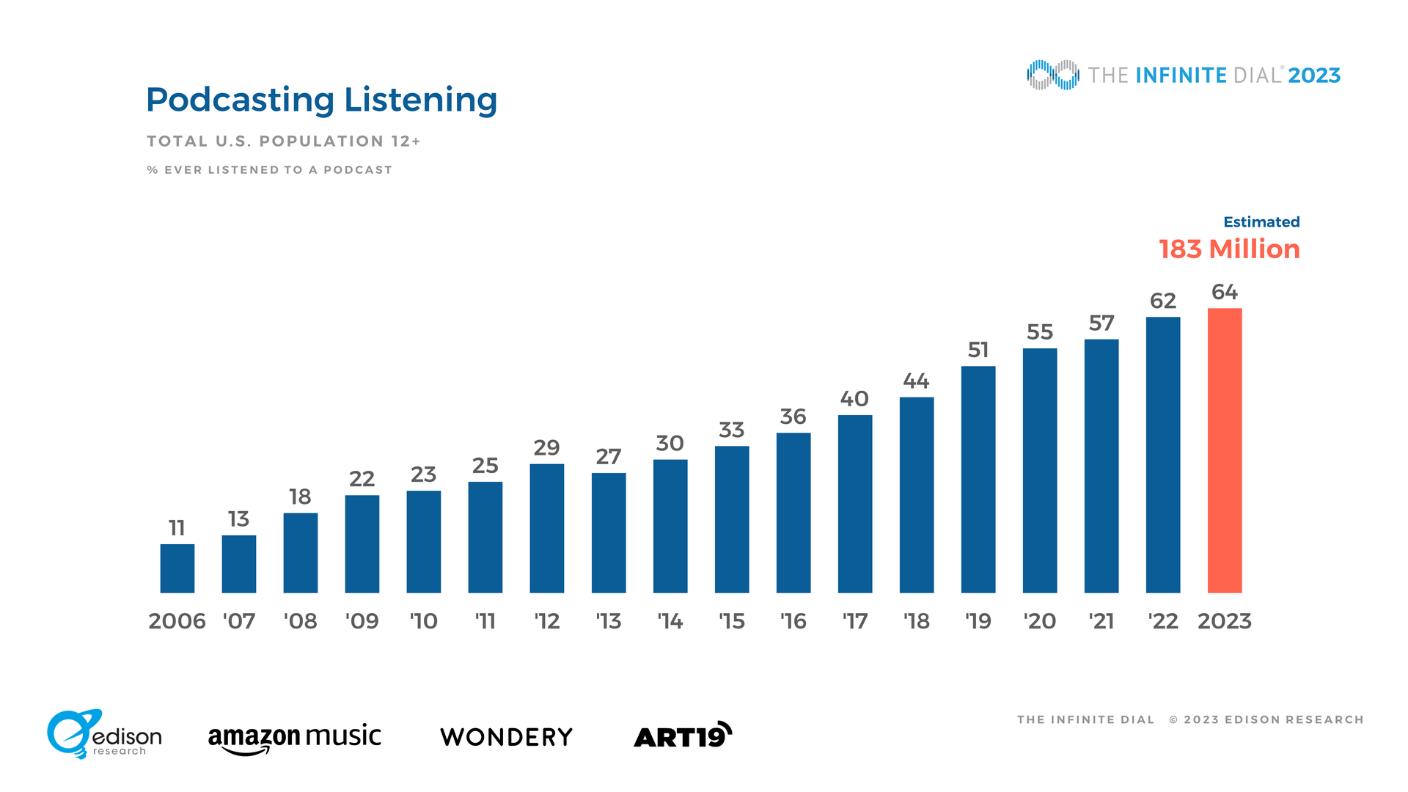
Today, a record 42% of Americans listened to a podcast in the last month, an all-time high. After 20 years of podcasting the audience size keeps growing so it’s clear that people were hungry for good conversations and storytelling.

Around the globe, podcast creation and listening have also exploded according to the Reuters Institute Digital News Report. In Ireland, which has a strong audio tradition, one-in-three adults listen to a podcast each month and listening is also strong in Sweden, the home of Spotify.
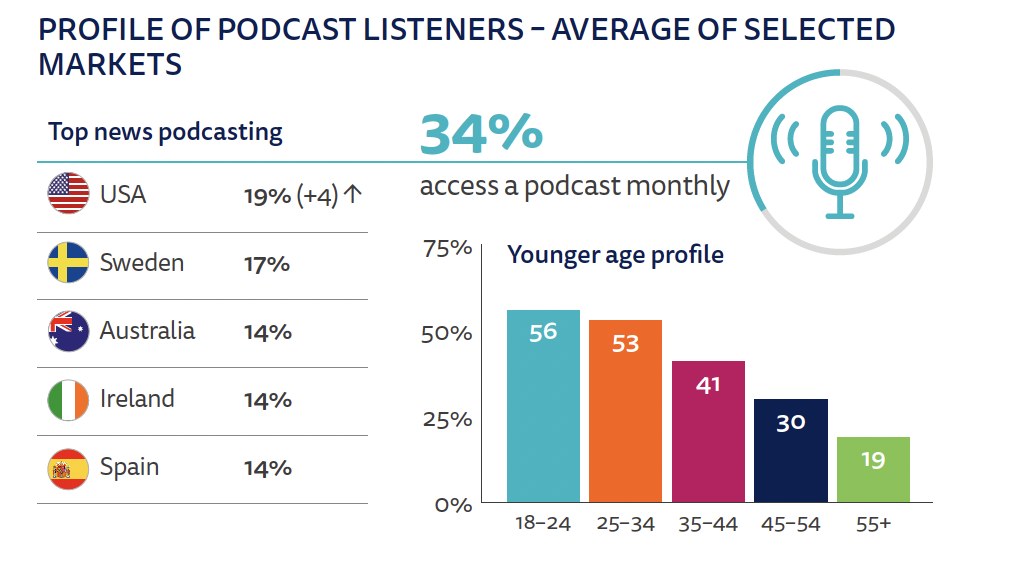
Although news is a relatively small portion of podcasts in most parts of the world, it plays a bigger role in the U.S. (19%), while only 8% listen to news podcasts in the UK. The Daily is the most listened-to show and is widely copied around the world.
The largest demographic group of listeners are young people, with more than half of monthly podcast listeners between 12-34 years of age. These Gen Z listeners are flocking to podcasts with an estimated U.S. audience of 24 million listeners, nearing the reach from broadcast and cable radio and TV, according to a study from Sounds Profitable. While most began listening as teenagers, a good number started as children, and they are racially diverse.

Gen Z listeners (those born between 1997-2012), mostly discover podcasts from Social Media, according to the Edison report.
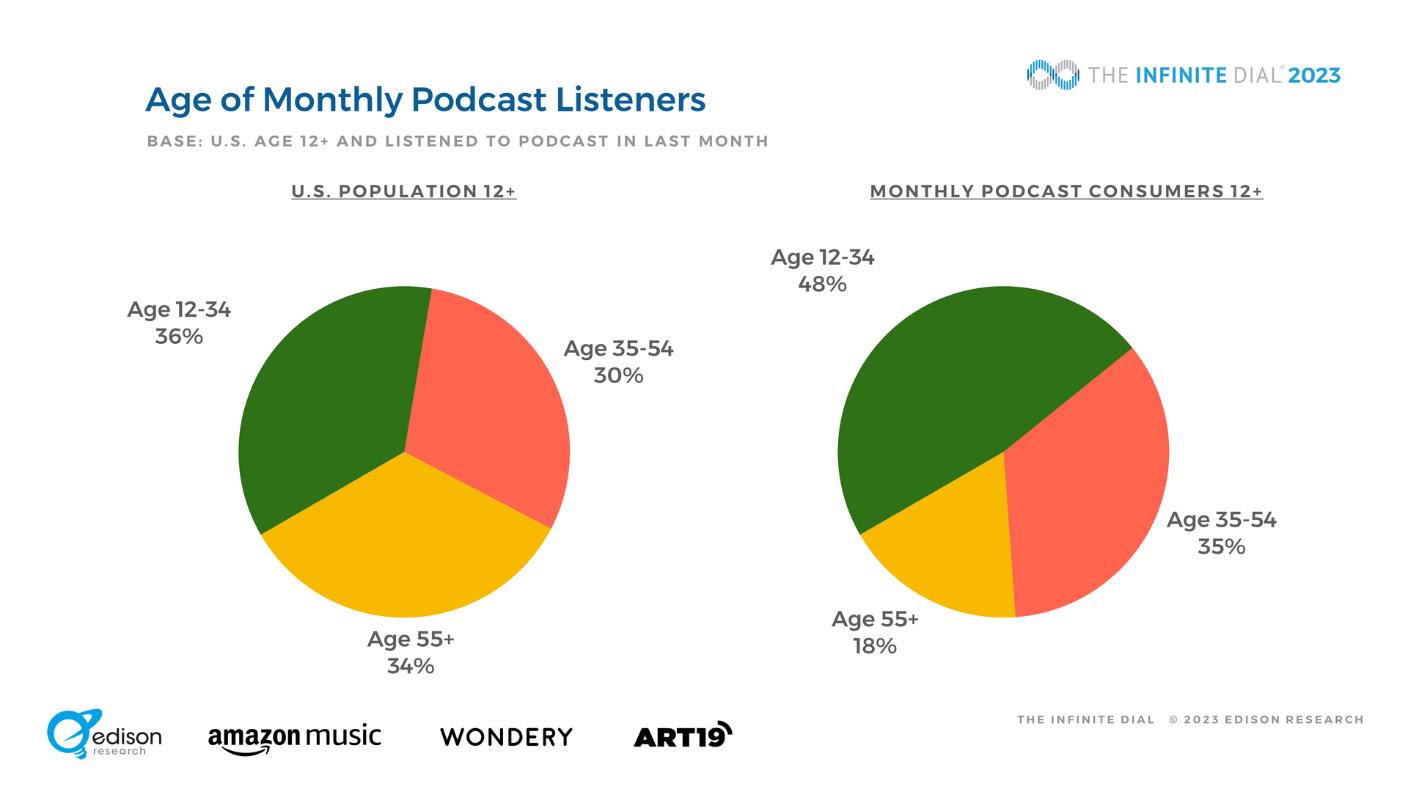
While podcast listening in the 55+ age bracket lags behind other age groups, numbers are growing and expected to surge as technology makes podcasts easier to access through mobile devices such as a phone, tablets, smart speakers Siri, Alexa and Google, and new cars with built-in internet access.
Young people also dominate when it comes to podcast creation. In terms of age, the largest number of creators are in the 25-44 age group, while those in the 55+ demographic barely exist. This can be an opportunity for both creators and advertisers.

Overall, more people are listening to more podcasts in 2023, averaging 9 podcasts a week compared with 8 the previous year, according to Edison Research, with a good number of consumers listening more than that.
Podcast “super listeners,” spend an average of 11.2 hours listening to podcasts weekly, up from the previous two years according to Edison Research. Over half of this group listen to podcasts through YouTube, often discovering new podcasts through the platform.
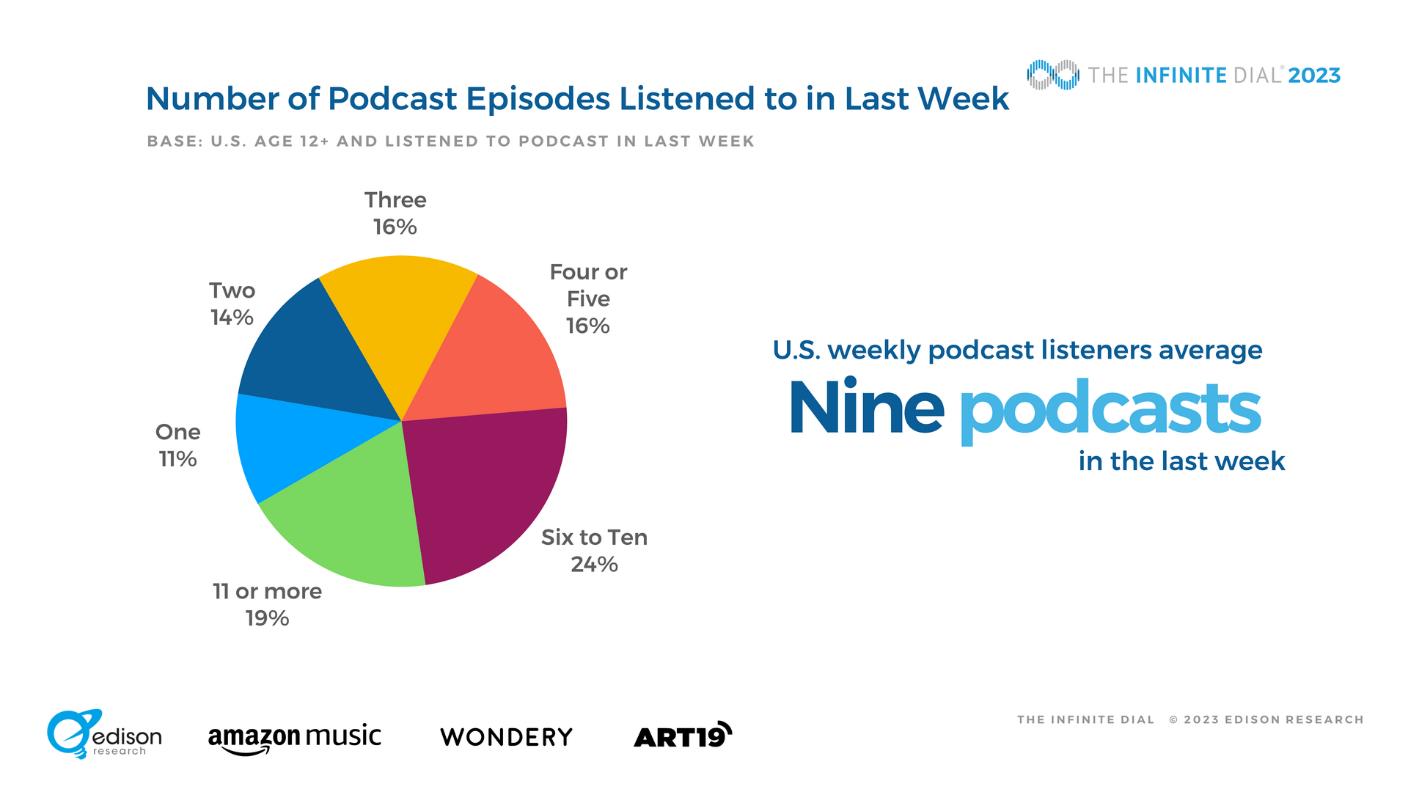
Hard-core listeners consume 12 or more podcasts a week, while medium listeners hear three to six podcasts weekly and the casual listener one to two shows.
In the U.S. the most popular genres are Comedy, Society & Culture, News, and True Crime, followed by Sports and Health & Fitness.
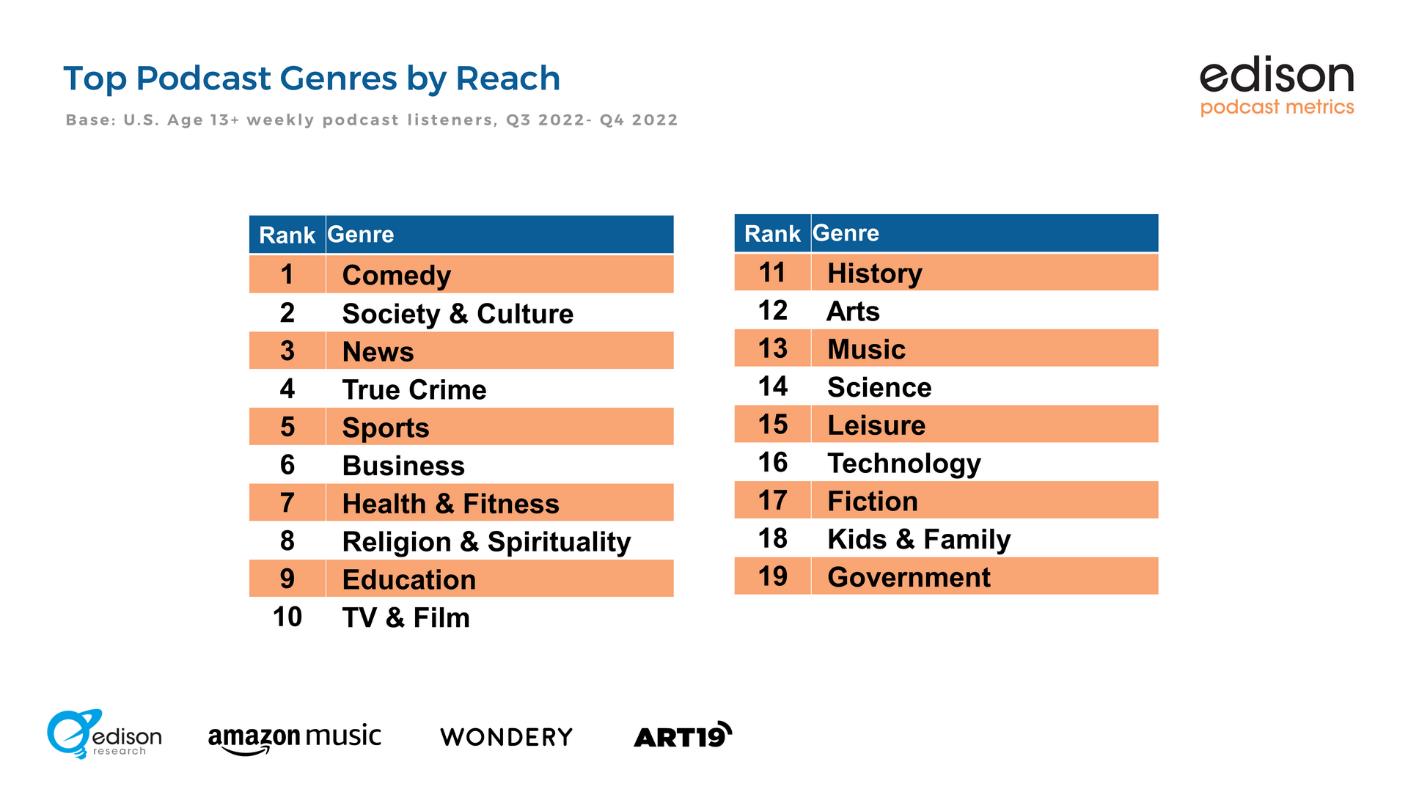
For Gen Z, they value diverse podcast content and two different studies – Edison and Spotify’s Culture Next Trends Report, say these listeners greatly value of the importance of mental health and want to focus on self-care and unplugging.
News podcasts regularly rate at the top of podcast charts and are most popular with educated and younger audiences, according to a 2023 Pew Research Center Report.
One-in-three adults ages 18 to 29 listen at least sometimes to get news from podcasts, making them the largest demographic listening group. But more than half of Americans (56%) say they never get their news from podcasts, which means there is still significant growth potential.
While just one-in-five U.S. podcast listeners listen to podcasts from a news organization, legacy media organizations have put money, time, and staffing into news podcasts – from audio organizations such as NPR to national publications like The New York Times, which is building an audio empire by buying audio companies and adding more podcasts.
The Pew survey found the most popular news-related podcast format is when a topic in the news is explained in depth (57%), followed by a host offering opinions (53%), or a summary of the major news stories of the day (51%). “Most consumers are looking not for more news, but news that feels more relevant, and helps them make sense of the complex issues.”
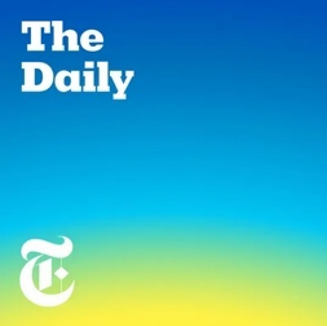
In 2017 The Times launched its powerhouse explanatory podcast The Daily, which is credited with driving the growth of news podcasts which attracts a younger and better-educated audience than traditional media. It’s been downloaded more than 3 billion times with some 20 million people listening monthly. The news podcast takes on one big story to help listeners understand the world.
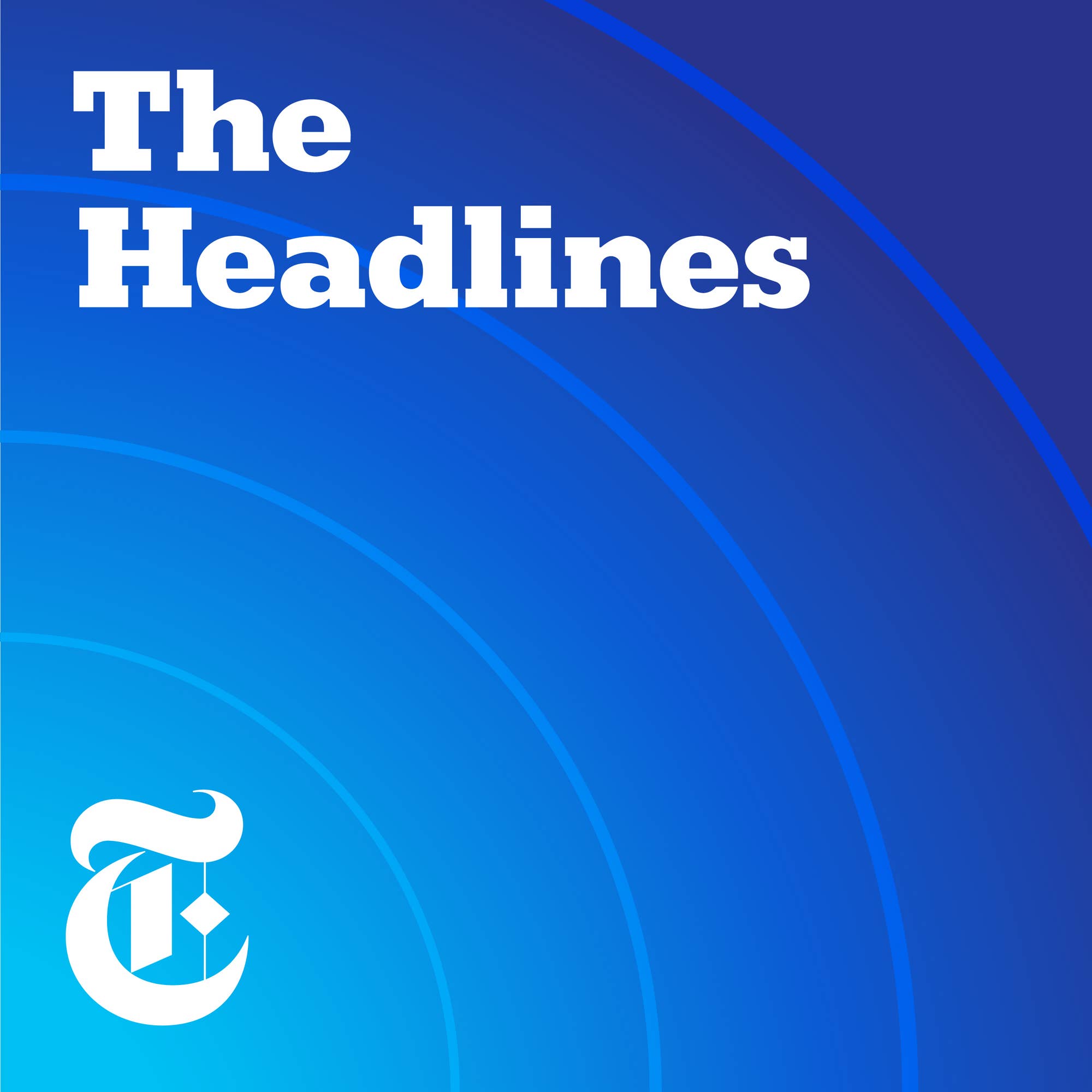
In 2023 the Times launched a new shorter daily news podcast that covers three top stories in about 10 minutes. The Headlines can be heard on New York Times Audio, a new iOS app for news subscribers. In addition to podcasts, the app will have audio features curated by Times journalists.
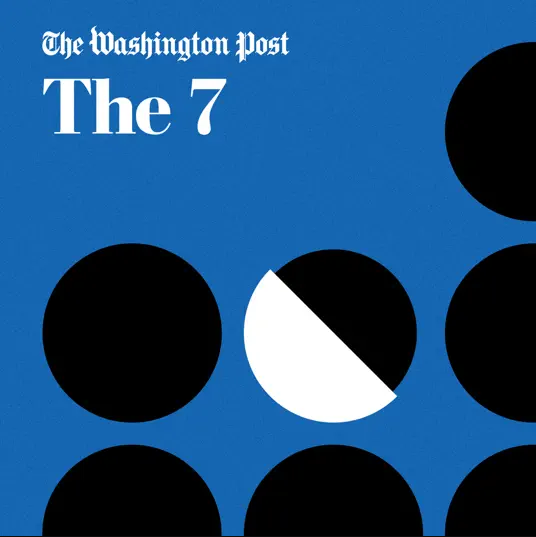
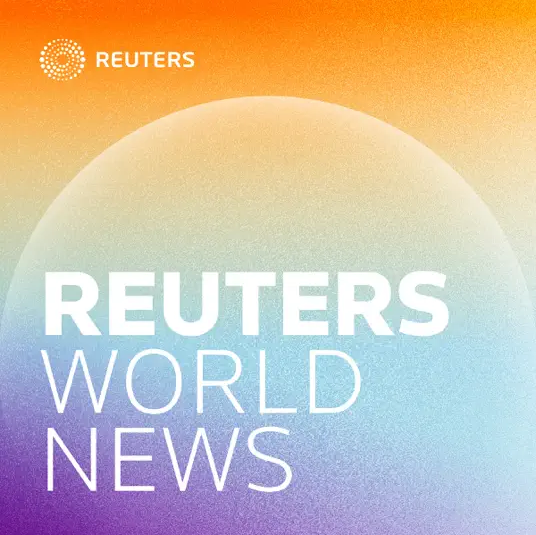
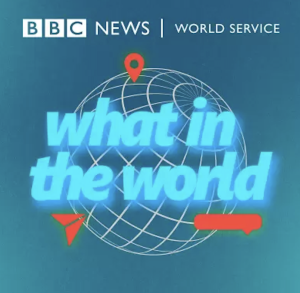
The Washington Post launched The 7, in late 2022, which explores seven or more important or interesting news stories of the day with reporting and insight in a 5-6 minute time span, while Reuters World News has about a 10 minute news briefing by journalists. The BBC has a 15-minute news podcast aimed at 16-24-year-olds around the globe.
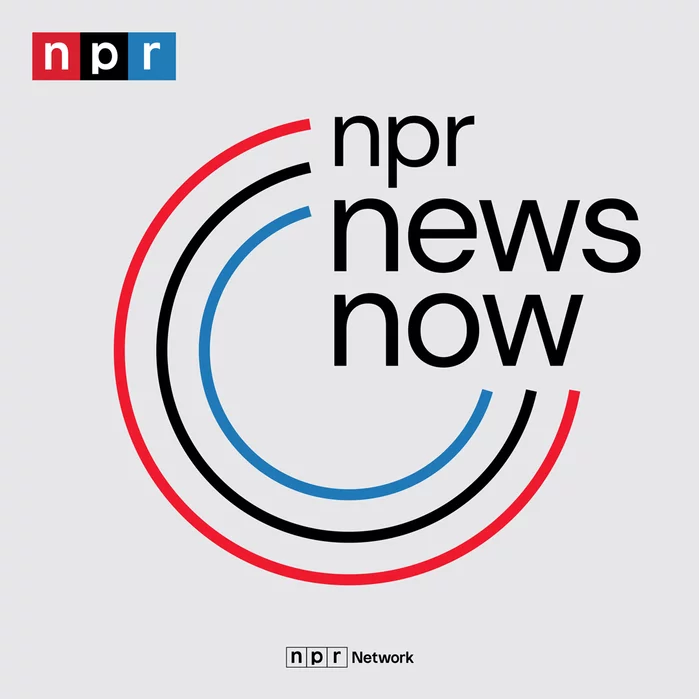
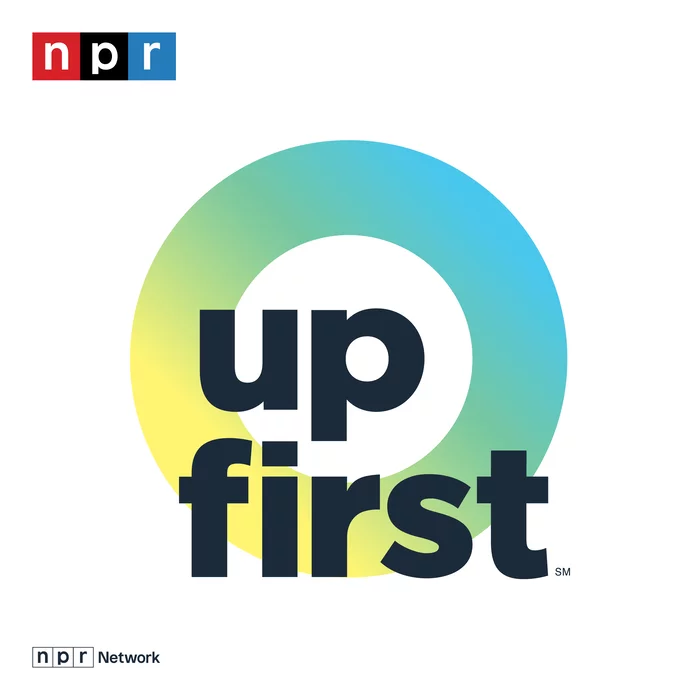

Also topping the podcast charts are two NPR news podcasts. Up First is the daily news podcast discussing the three biggest stories of the day with reporting and analysis in 10 minutes. The newscast has won a Ambie award for “best news podcast,” awarded by The Podcast Academy for excellence in audio. NPR News Now has the latest hourly news in 5 minutes. The honor for the 2023 Ambie for best news podcast went to Slate’s, What’s Next, which does daily news and analysis in about 30 minutes.
In addition, about a third of podcast listeners have been exposed to news through a podcast they listen to. The survey suggests that while much of that news may be coming from nontraditional sources, listeners generally view it as accurate, especially compared with news from social media.
Worldwide, the U.S. has the largest consumption of news podcasts (19%), while it’s lower in many European countries such as France (9%) and the UK (8%).
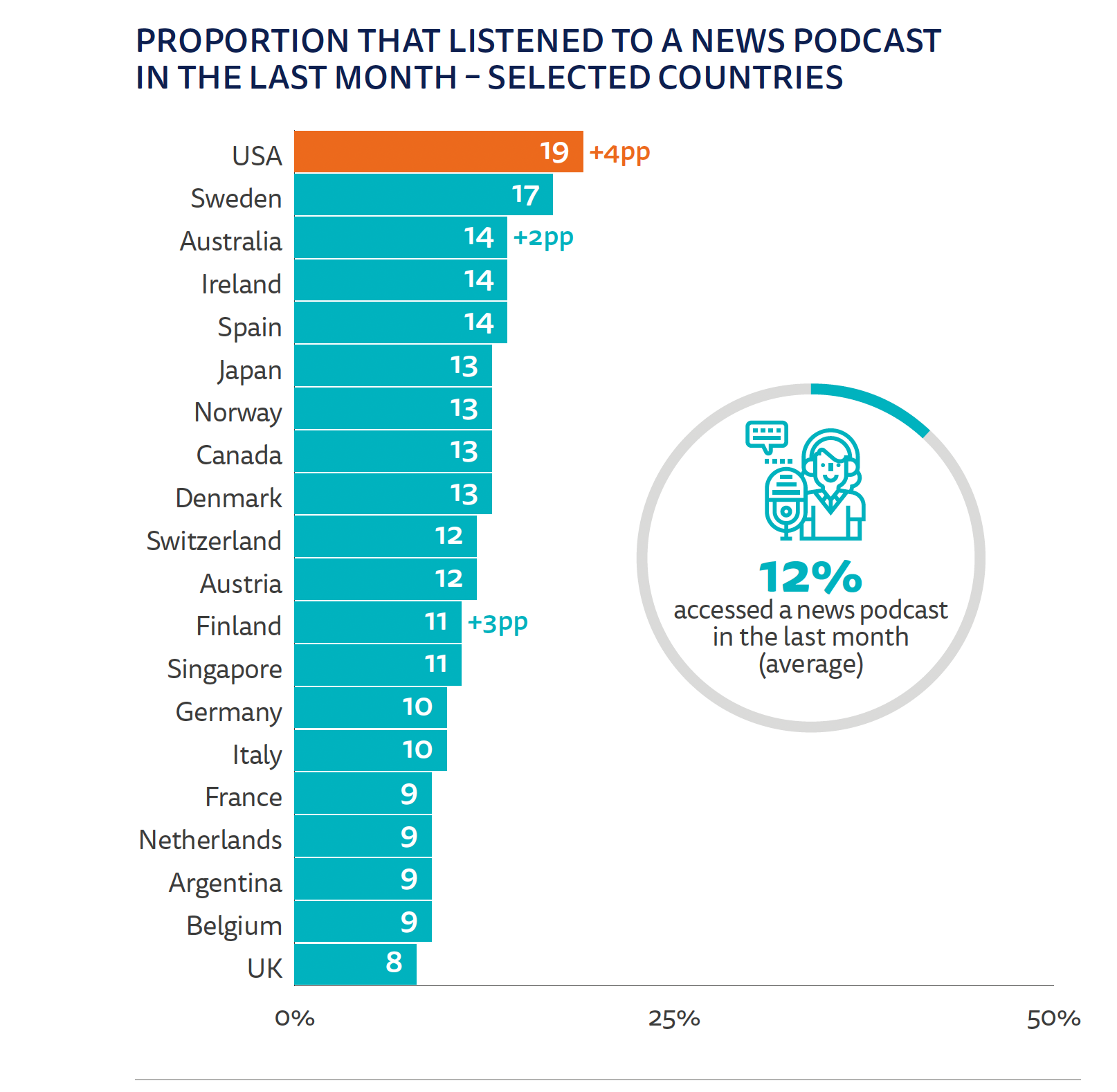
But, according to the Reuters Digital News Report 2023, there are danger signs ahead for the journalism world as the proportion of news consumers who say they avoid the news has grown sharply worldwide. Respondents say this selective avoidance is because news has a negative impact on their mood and because of concerns over false and misleading news.
The True Crime genre remains immensely popular, with shows regularly at the top of podcast charts, spurred by the phenomenal success of Serial. Some cover cold cases and unveil family secrets while others bring publicity to underrepresented communities, looking for justice. Criminologists say interest in true crime is driven by the basic human emotion of fear, allowing people to experience fears without the consequences of actual trauma. Rolling Stone came up with a list of “The best 25 True-Crime Podcasts of All-Time.”
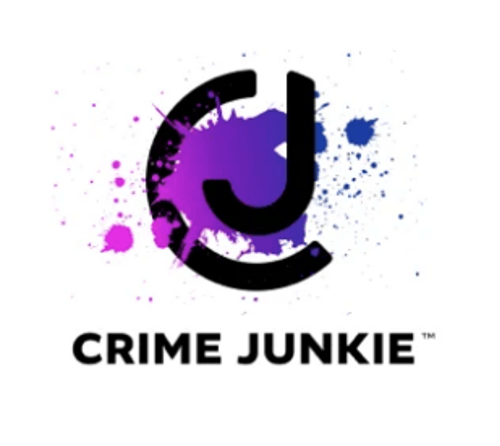
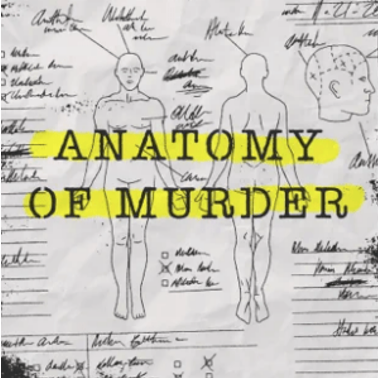
In a similar vein, investigative podcasts may involve true crime but they also run the gamut – terrorism, corporate or political scandals, health care, or inequality in education.
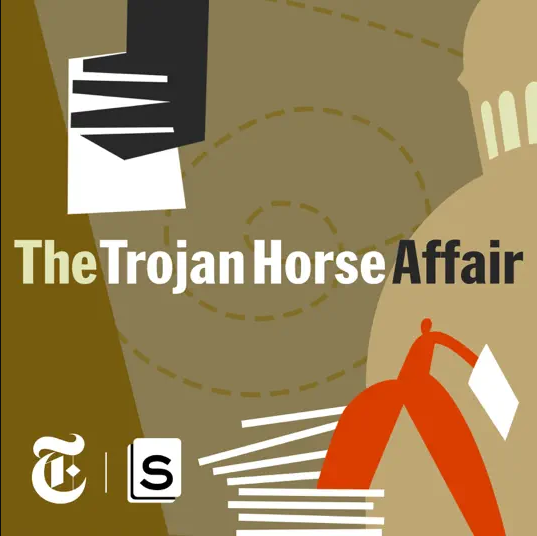
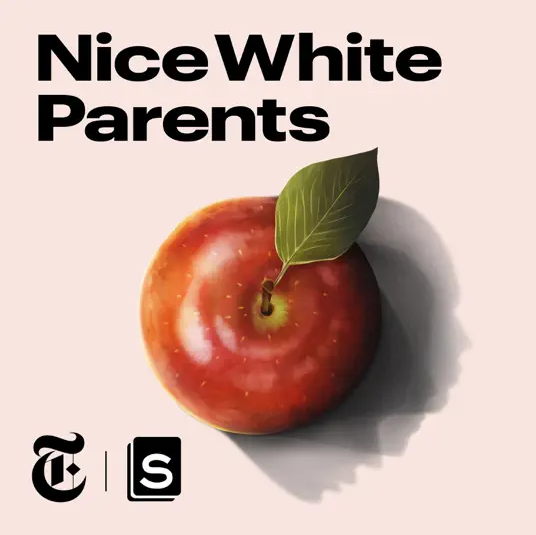
Both genres are expensive to produce and time-consuming to create because this kind of watchdog journalism can take weeks, months and even years to come to fruition.
The Investigative Reporting Workshop (IRW) at American University in Washington, D.C., took a look at how investigative reporters develop their stories for audio. “I believe investigative journalism is really like you are solving a mystery,” said LA Times reporter Joanne Faryon.
Women are closing the gender listening gap with men, with clear growth. Figures show that 53% of men listened to a podcast last month compared to 46% of women. They are more likely to be young, affluent, and highly educated compared to the overall female population in the U.S., according to Edison research. Over half say they would listen podcasts if they focused on female perspectives and stories or were hosted by women.
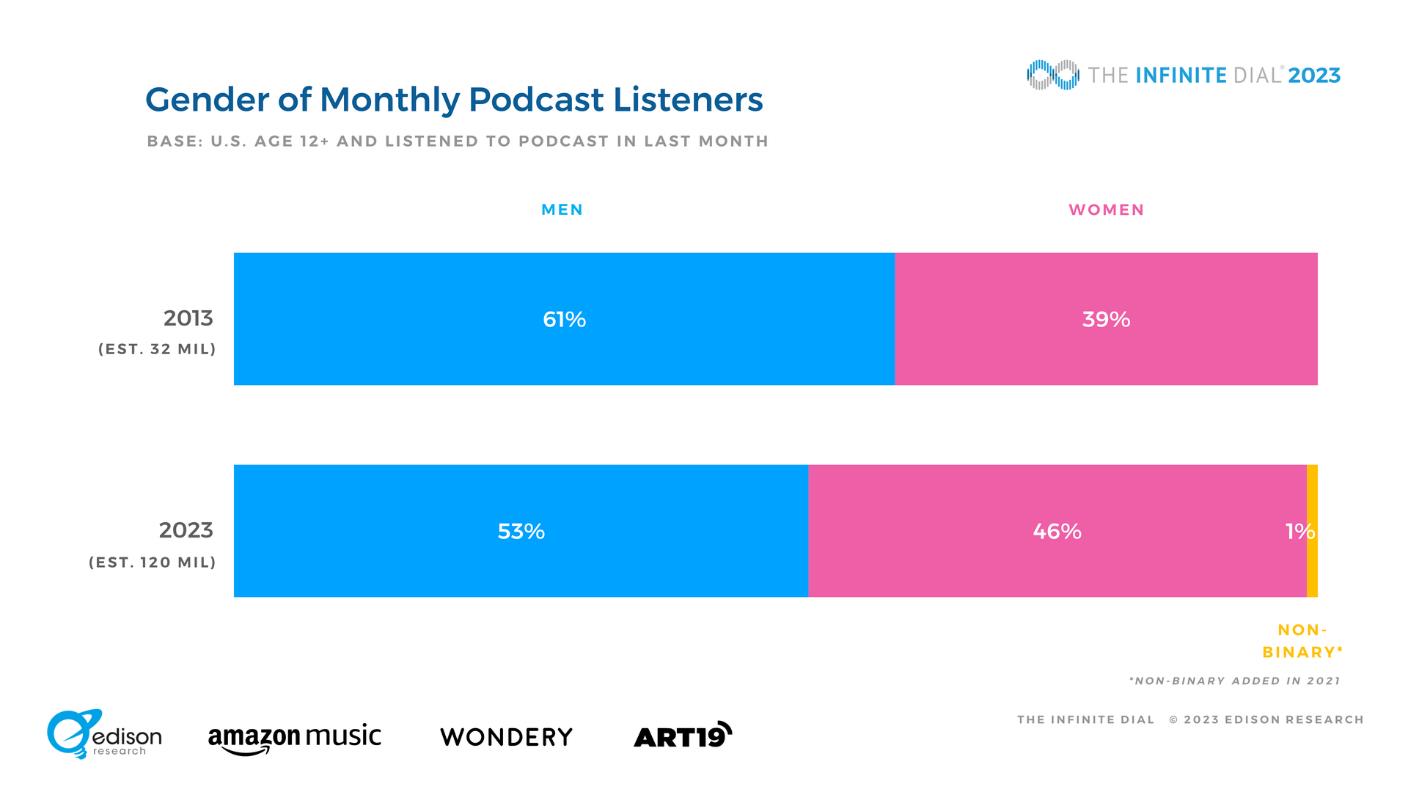
Favorite shows among U.S. women listeners through mid 2023 found two of the top three podcasts to be true crime, according to Edison Research, with two of those hosts being women.
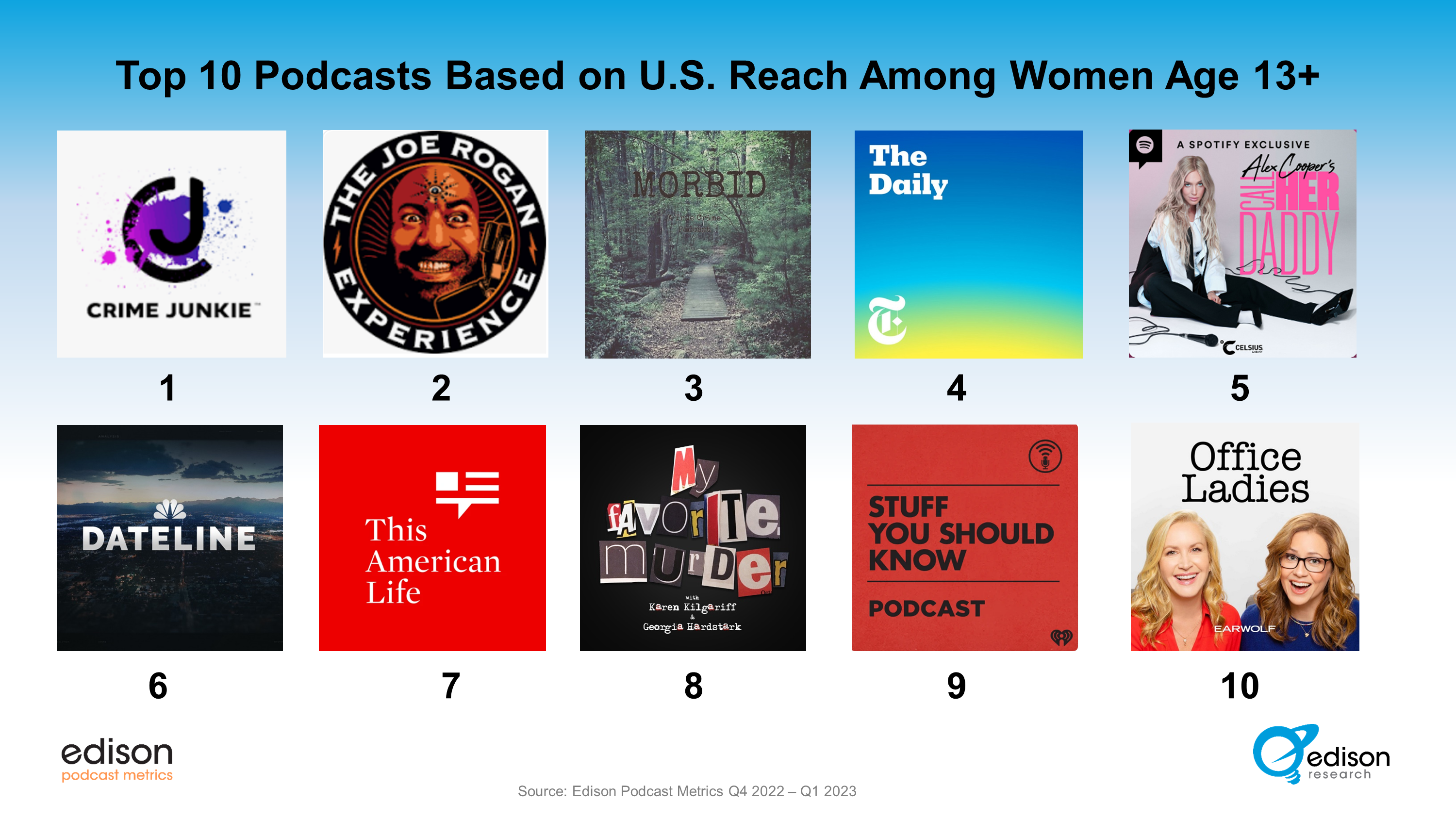
Women podcast listeners are also more active podcast promotors, frequently recommending podcasts to friends and family as well as engaging online and on social media.
However, it’s a much different story on gender when it comes to the creation of podcasts – which is nearly 70% male. The gender gap is especially stark when you consider that women are more than half the U.S. population. This first credible study of creators comes from Sound Profitable in partnership with Edison Research.

Beyond the explosion in growth, the podcast space is an emerging success story in diversity. While White listeners still dominate (62%), there have been strong gains with Hispanic/Latino listeners (14%), and a little growth among Asian listeners (3%). Podcast listening among Black Americans held steady (15%) but remains the largest among minorities.
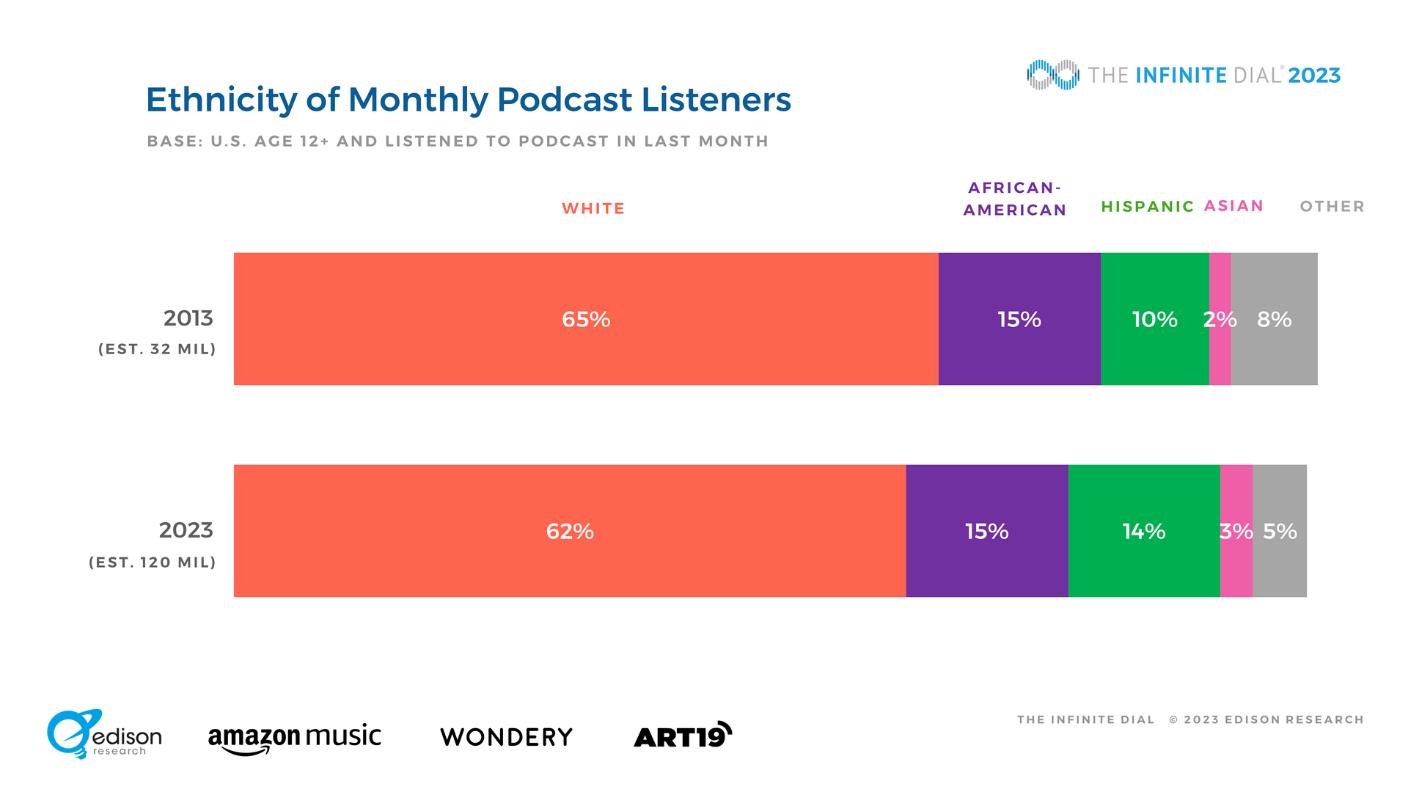
It’s clear that representation matters as minorities seek out content that focuses on stories and perspectives that reflect their ethnicity. Black listeners say they are more likely to listen to a Black podcast host, especially younger Black listeners, according to the Edison Black Listener Podcast Report.
The Black-owned news aggregation app, Hayti, is now the largest source for podcasts with Black hosts, offering access to over 2,000 Black hosts.
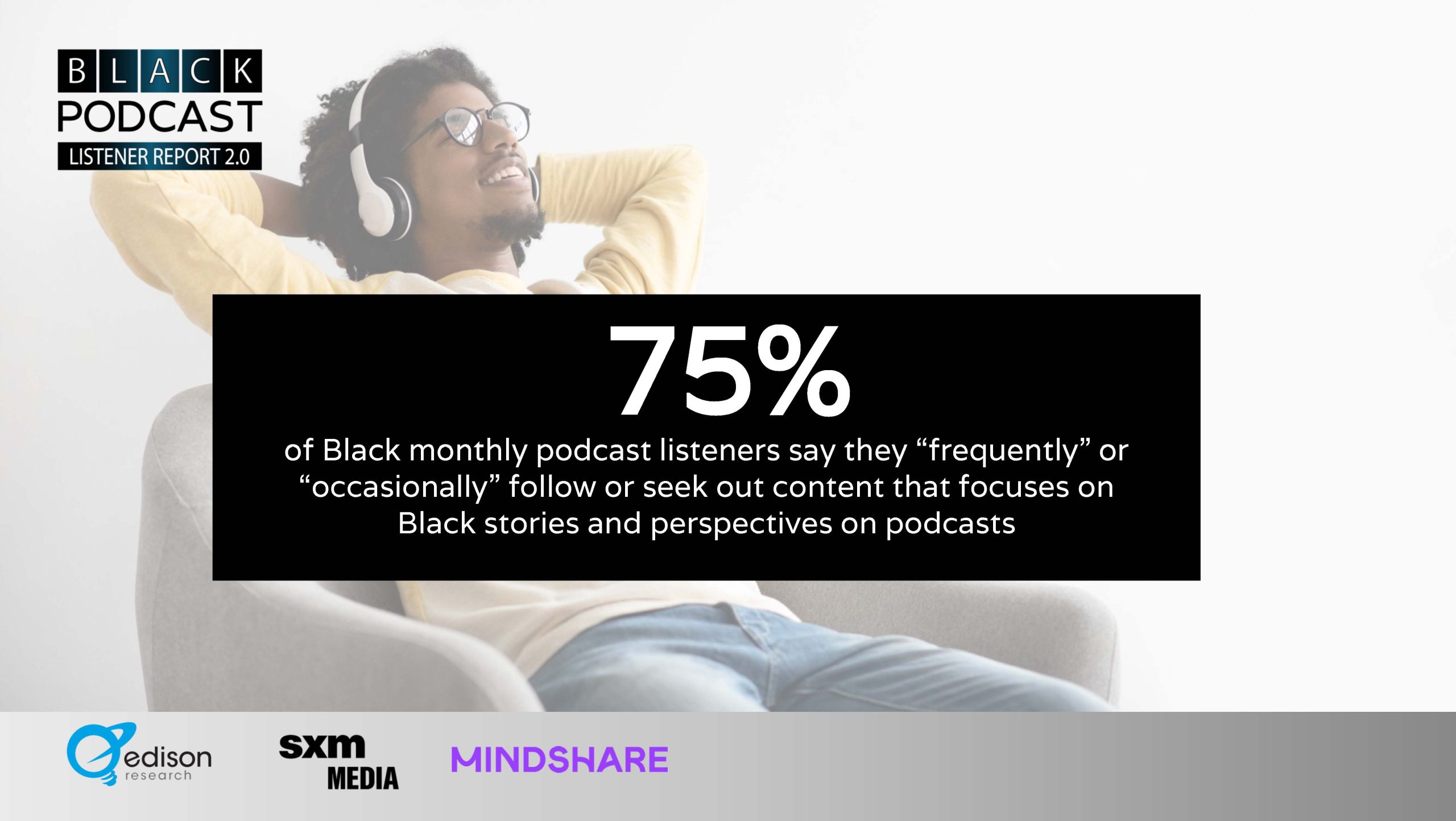
Video is also a strong attraction for Black podcast listeners (85%), as they like to see representation.
Meantime, the percentage of Latinos who have ever listened to a podcast is at an all-time high (59%), according to the Edison Latino Podcast Report. Just over half have listened in English and a third to a podcast in Spanish.
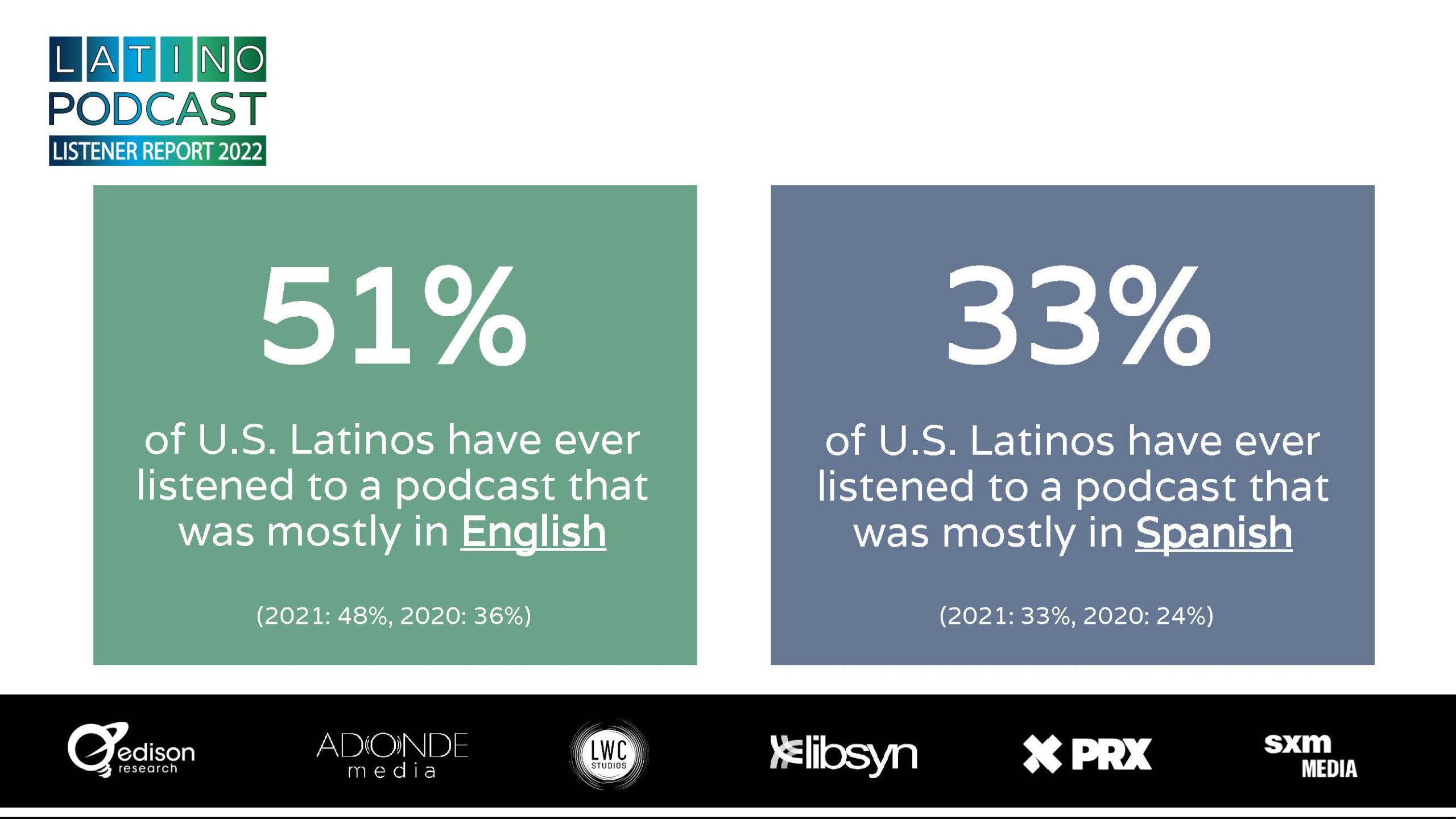
The report says video draws in high numbers of Latino podcast listeners (76%) of monthly podcast listeners, with a large number first introduced to podcasts because of YouTube. The platform is good at bringing in new podcast listeners, with a study from Veritonic saying that 65% of people who watch a podcast on YouTube are consuming it for the first time.
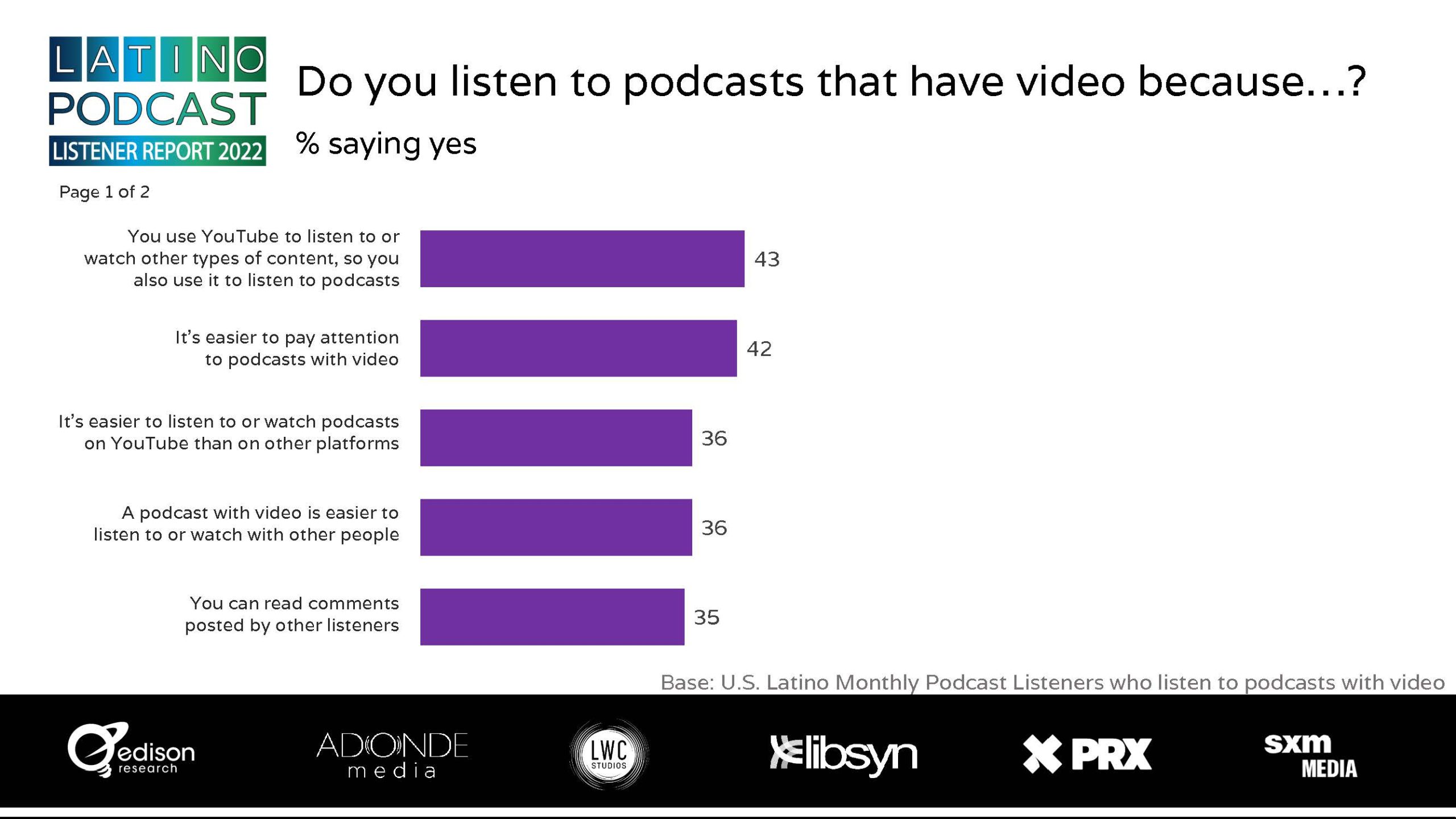
In ethnicity, the numbers of podcast creators are more in line with the overall U.S. population for Whites, African Americans, and Asians, while Latino creators are growing significantly.
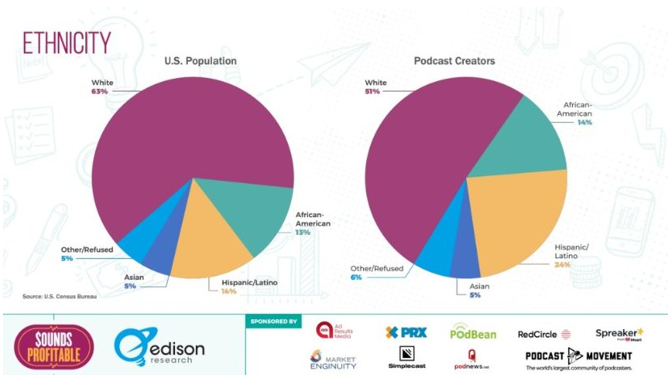
The data on education levels for creators does not look like the average American since 40% of creators have an advanced degree, which leads to higher levels of employment and higher income. Analysts point out that this makes the creator class more privileged than the general public, which can impact content creation.
All these numbers can be overwhelming but it’s useful to know some of these metrics as a way of understanding the birth and growth of the podcasting industry. Born in the early 2000s, today nearly 83% of the American public is familiar with the term podcasting – even though they may be confused about exactly what it is.
Podcasts already have considerable reach among kids 6-12 in the U.S., according to a June 2023 survey by Edison Research.
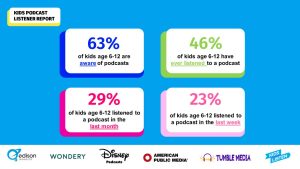
Forty-six percent have ever listened to a podcast, and 29% of ages listened to a podcast in the last month, with that percentage jumping to 42% if their parents listened to a podcast in the last month.
Kids listen because they think podcasts are fun to listen to and a way to avoid boredom, with the top genres being games, music, adventure, comedy, short stories, and bedtime stories such as those from Sleep Tight Stories. For parents, it’s a way to connect as a family as they listen together and discuss. The national online survey of parents was administered by parents and in-home interviews.
In the U.S. and around the world there is a rise of child podcast superstars, with pre-pubescent hosts 13 years of age and younger.
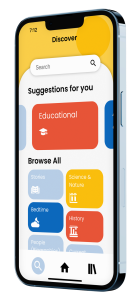
KidsPod is an app for children 3-13 years of age with both free and paid subscriptions, developed with a kids’ tech expert. Co-founder Rachel Lacy says like adults kids like to multitask while listening, “making podcasts more interactive helps audio compete with streaming and gaming when kids do have a device in hand.”
Podcasts are now being recognized at the highest levels of excellence in American journalism, with prizes that include the Pulitzer, Peabody, du Pont-Columbia Awards, and The Radio Television Digital News Association (RTDNA), among others. Investigations have righted wrongs by getting inmates released from prison and exposed injustices that resulted in new national laws.

The U.S. Supreme Court felt the impact of a podcast in 2019. The In The Dark podcast prompted the U.S. Supreme Court to review and throw out the murder conviction of Curtis Flowers, a black Mississippi death row inmate who had been tried six times for the same crime.
A new trial was ordered after the investigative unit of American Public Media uncovered evidence of a pattern of racist jury selection by the prosecutor. After 23 years, Flowers is now a free man after the Mississippi attorney general dropped state charges against him. The show also won top journalism honors including the Peabody, George Polk, and Edward R. Murrow awards.
But, in a shocking move, In the Dark was canceled in May 2022 as a result of cost-cutting. Fortunately, that proved to be short-lived, and The New Yorker has picked up the nationally acclaimed investigative podcast. It’s the magazine’s most ambitious move into long-form audio journalism.
Creation of the national sex-offender registries came after the 2016 podcast “In the Dark” documented how police mishandled the child abduction and murder of a small-town Minnesota boy.

The prestigious Pulitzer Prize Board added a new category for Audio Reporting in 2020.
2020: The first Pulitzer was awarded to “This American Life” for its reporting on the personal impact of the Trump administration’s “Remain in Mexico” policy.
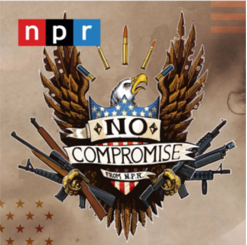
2021: NPR took home the second-ever Pulitzer for Audio Reporting for an investigative report about some Iowa-based gun rights advocates, looking at how two brothers used social media to try and eliminate gun regulations in America.
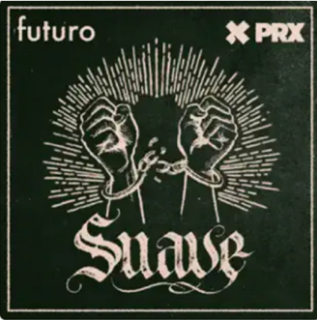
2022: A third Pulitzer was won for a podcast about juveniles sentenced to spend their whole lives in prison. Suave was produced by two non-profits, Futuro Media and PRX. The U.S. is the only country in the world that allows juveniles to be sentenced to life in prison without the possibility of parole and the podcast tells the story of one man’s redemption.
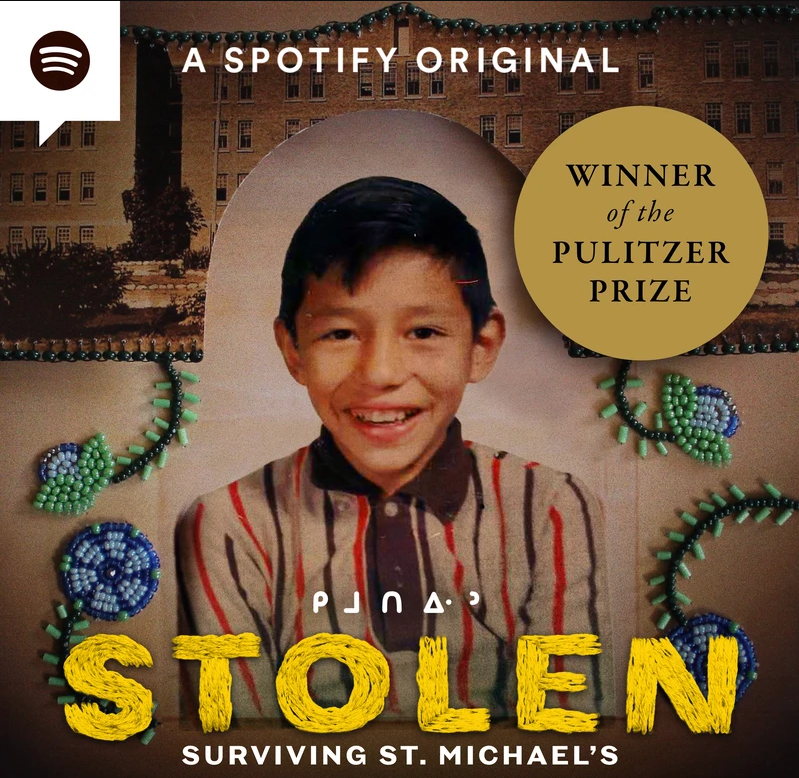
2023: Gimlet Media and journalist Connie Walker won the Pulitzer for audio reporting in a series that revealed the abuse of Indigenous children at an Indian residential school in Canada, Stolen: Surviving St. Michael’s.
For a behind-the-scenes look at how such stories come together, there is a six-episode podcast, Pulitzer on the Road, that talks with the 2023 winners in conversations with Pulitzer Board members.
 2024: The latest Pulitzer for audio reporting went to You Didn’t See Nuthin, a series that revisits a Chicago hate crime from the 1990s utilizing memoir, community history and journalism, produced by the staffs of The Invisible Institute and USG Audio. This is the fifth Pulitzer won by an investigative journalism podcast since the audio reporting category was created in 2019. This same podcast was also awarded the Peabody Award, given to the “most compelling and empowering stories released in broadcasting and streaming media during 2023.”
2024: The latest Pulitzer for audio reporting went to You Didn’t See Nuthin, a series that revisits a Chicago hate crime from the 1990s utilizing memoir, community history and journalism, produced by the staffs of The Invisible Institute and USG Audio. This is the fifth Pulitzer won by an investigative journalism podcast since the audio reporting category was created in 2019. This same podcast was also awarded the Peabody Award, given to the “most compelling and empowering stories released in broadcasting and streaming media during 2023.”
Other top awards: The 84th Annual Peabody Awards, rewarded “stories that matter,” in news to entertainment programming. In the Radio/Podcast category there were five winners, including two different podcasts from The Washington Post. Winner Moriah Balingit was one of the reporters who embedded in a Richmond, Virginia high school to explore how students are dealing with gun violence in “Surviving to Graduation.”
Previous Peabody Honors for groundbreaking investigative podcasts have gone to such podcasts as Serial, S-Town, and In the Dark.
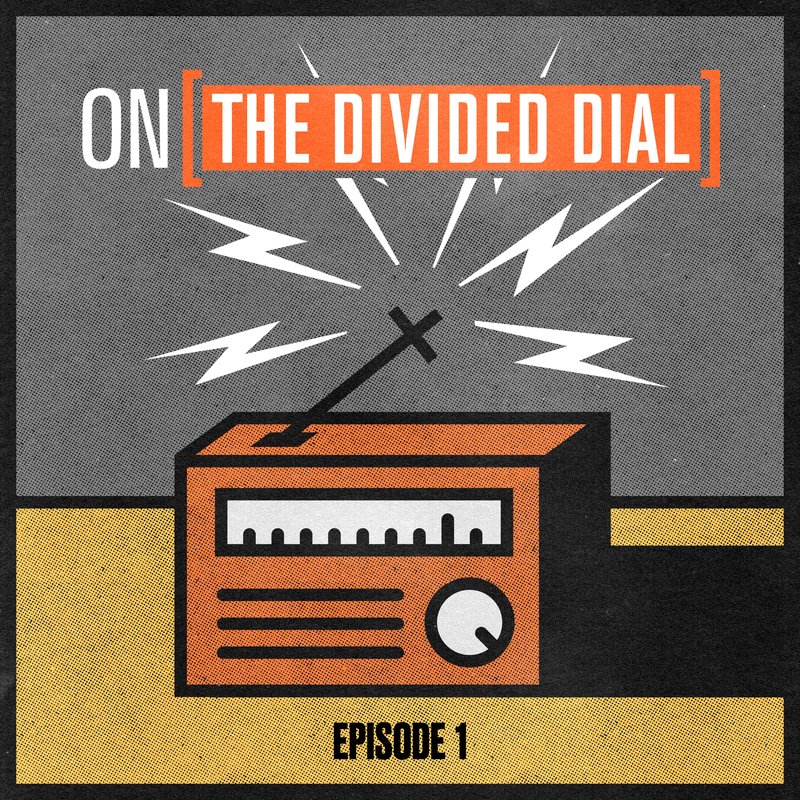
The Divided Dial covered the beginnings of conservative talk radio and how what happens on the radio still shapes the American political landscape.

This American Life: The Pink House at the Center of the World offered stories from the day the U.S. Supreme Court overturned Roe v. Wade, focusing on human lives at the clinic at the center of the legal case, Mississippi’s last abortion clinic.
Artificial intelligence has been around for 40 years, but when OpenAl’s ChatGPT launched in late 2022 it grew faster than TikTok and became the fastest-growing ‘app’ of all time. Google has introduced Bard AI technology and both platforms are in talks with news companies about news and tech sharing agreements. Microsoft has Bing AI and Copilot for its Microsoft 365 apps and services, including automatically creating a PowerPoint presentation based on a word document.

OpenAI has committed $5 million to support non-profit, local news outlets to explore ways AI can support local news by coaching on how to use tools and prevent the spread of misinformation. “With this partnership, we aim to promote ways for AI to enhance — rather than imperil — journalism,” says Sarabeth Berman, CEO of the American Journalism Project. The company also has a deal with The Associated Press to use the text archive of AP to train its Al algorithms, with AP getting input on its own AI work with OpenAI.
Meantime, concerned over safety and risks from AI, the Biden Administration took up the cause of regulation by meeting with the most influential companies building AI, including Google, Amazon, Microsoft, Meta, and ChatGPT maker Open AI. They made a voluntary pledge to mitigate risks and will allow security experts to test systems before they are released to the public. They say they will also develop tools to identify when an image, video, or text is created by AI – known as “watermarking.” The Federal Trade Commission would regulated enforcement. Congress is also working on several different bipartisan measures.
In podcasting, AI tools are now widely available and transforming how podcasts are created in both small and large ways. Automatic transcription has been available for several years, but AI is now capable of doing a multitude of tasks and more are being developed every day to help podcast creators streamline their workflow to save time and money.
Acast, the world’s largest independent podcast company, sampled 500 podcasters and 300 listeners to gauge attitudes about the use of AI in podcasting, finding support for use of AI tools but differences on how they should be used. Far more podcasters (84%) than listeners (36%) believe there should be no limits on tools being used for generating ideas. “What makes podcasting so special is the intimate bond podcasters form with their listeners, which arises from authentic storytelling that fosters connection, says Acast’s Tommy Walters. “It’s important for podcasters not to jeopardize that bond.”
But as the saying goes – just because you can do something doesn’t mean you should. The use of some AI tools is not entirely innocent and carries the potential for societal harm. There’s already been an entire fake podcast created by AI, using the digitally cloned voices of podcaster Joe Rogan talking with Steve Jobs, the Apple founder who died more than a decade ago. You can make up your own mind on whether of AI tools help or hurt the podcast industry but it’s well worth an ethical discussion.
Since artificial intelligence is built from already acquired data, when such information is flawed or incomplete, it ultimately results in reinforcing implicit and explicit bias.
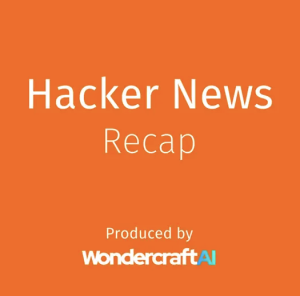
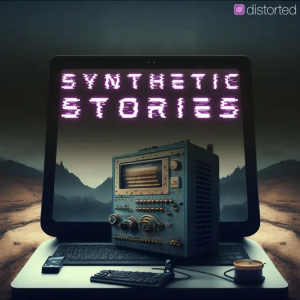
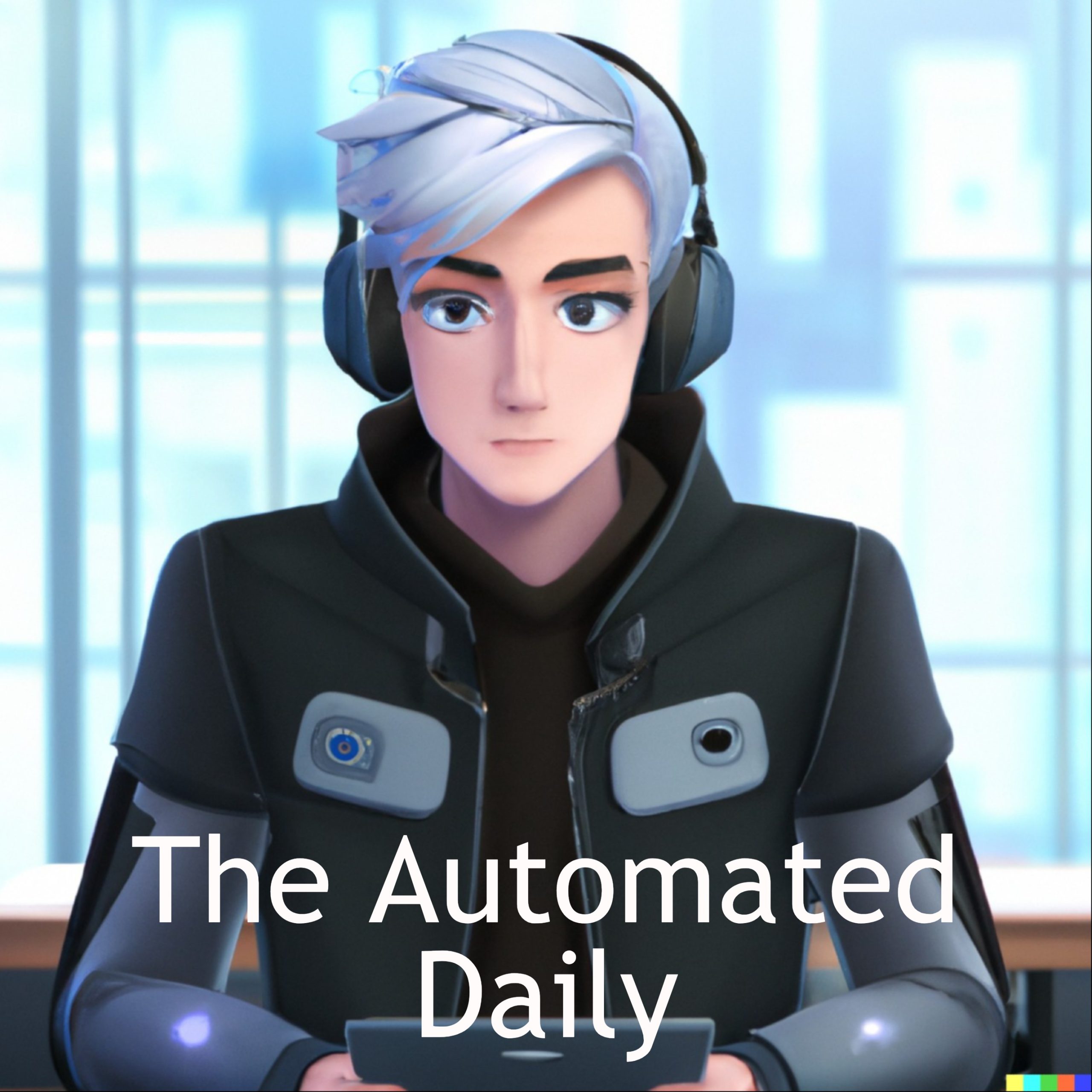
It’s here – entirely AI created podcasts. In April 2023 Hacker News Recap, began with a show that recaps headlines from Hacker News, the social media site on computer science and entrepreneurship with shows running 13 to 20 minutes in length. Synthetic Stories was created with cloned host voices, script, and sound design, as an experiment by a UK marketing startup. And by July a new tech podcast,The Automated Daily, was scouring the news to generate headlines of the day. The host is named “Trend Teller” and show length is between 4 and 7 minutes, according to a sampling.
There are many AI tools that make transcripts. OpenAI has a tool called Whisper generate transcripts, including transcripts in multiple languages, as well as translation from those languages into English. Deepgram is a competitor and both are paid tools. See Ch. 9 for free ways to make transcripts.
Free and open-source AI art generators such as GIMP have image creation and DreamAi generates images by turning your words into works of art. However, copyright lawsuits have been filed against other AI art generators because they learned how to create art from images on the internet, without the consent of artists. See Ch. 2 for tips on ways to create your own cover art.

AI generated music can be created in Melobytes, based on lyrics you enter and even uploaded images. See Ch. 11 for free and paid music resources to use in a podcast.
Podcast discovery is getting a boost thanks to AI tools from Sounder and the podcast startup Podroll. Personalized podcast recommendations based on listener preferences and behaviors can now be used to direct listeners to their next favorite episode, Preliminary data showed a 30% increase in podcast consumption thanks to the tools.
In podcast planning and episode topic ideas there are several tools: the free tool ChatGPT or paid tools Jasper AI, and Showplanner can help a podcaster come up with topic ideas, research, guest ideas & interview questions, episode titles & outlines. See Ch. 2 for tips on doing it yourself and look to Ch. 5 for tips on interviewing.
AI algorithms can improve sound quality by removing remove filler words like “um” and “like” as well as awkward pauses and remove background noise, making editing quicker and easier. They come with a price tag, but you can start for free.
Some examples include:
Descript’s Overdub feature can correct mistakes in speaking and when a host mispronounces something by having AI say it correctly. The software allows you to edit video just like a word document and makes automatic transcripts.
The app has several tools in beta: an AI tool called Regenerate can be used to edit jumpy or abrupt edits or to get rid of sudden noises like a car horn or when a host lets their voice trail off; an AI tool named Eye Contact will rotate your eyeballs to make it look like you are looking directly in the camera even if reading a teleprompter or looking off camera; and you can record and replace a section of audio or video using Replace Selection without interrupting the timing of everything else.
Momento, an AI-tool for creating video shorts from a video podcast or other video content, which are then used to reach a wider audience via social media. The free plan allows upload of two hours of video to create ten clips. Creators upload their podcast, which is then transcribed into text and AI is used to find moments that would make great shorts.
See Ch. for 8 for resources on free digital editing programs and Ch. 4 for best practices in recording sound.
There is no substitute for doing proper soundproofing before you record, but if you still have hollow, muffled, tinny sound or background sound from air conditioning that you can’t turn off, there is a tool you can try. Adobe Enhanced Speech is a free AI tool that I tested out and found to be pretty good in removing noise.
Just like AI has built fake videos and lifelike images, the voices of celebrities alive and dead have been cloned. AI reconstructed three lines in the documentary, Roadrunner, about the life of the late Anthony Bourdain, to sound like they were said by the celebrity chef-host, a technique not originally disclosed to the public.
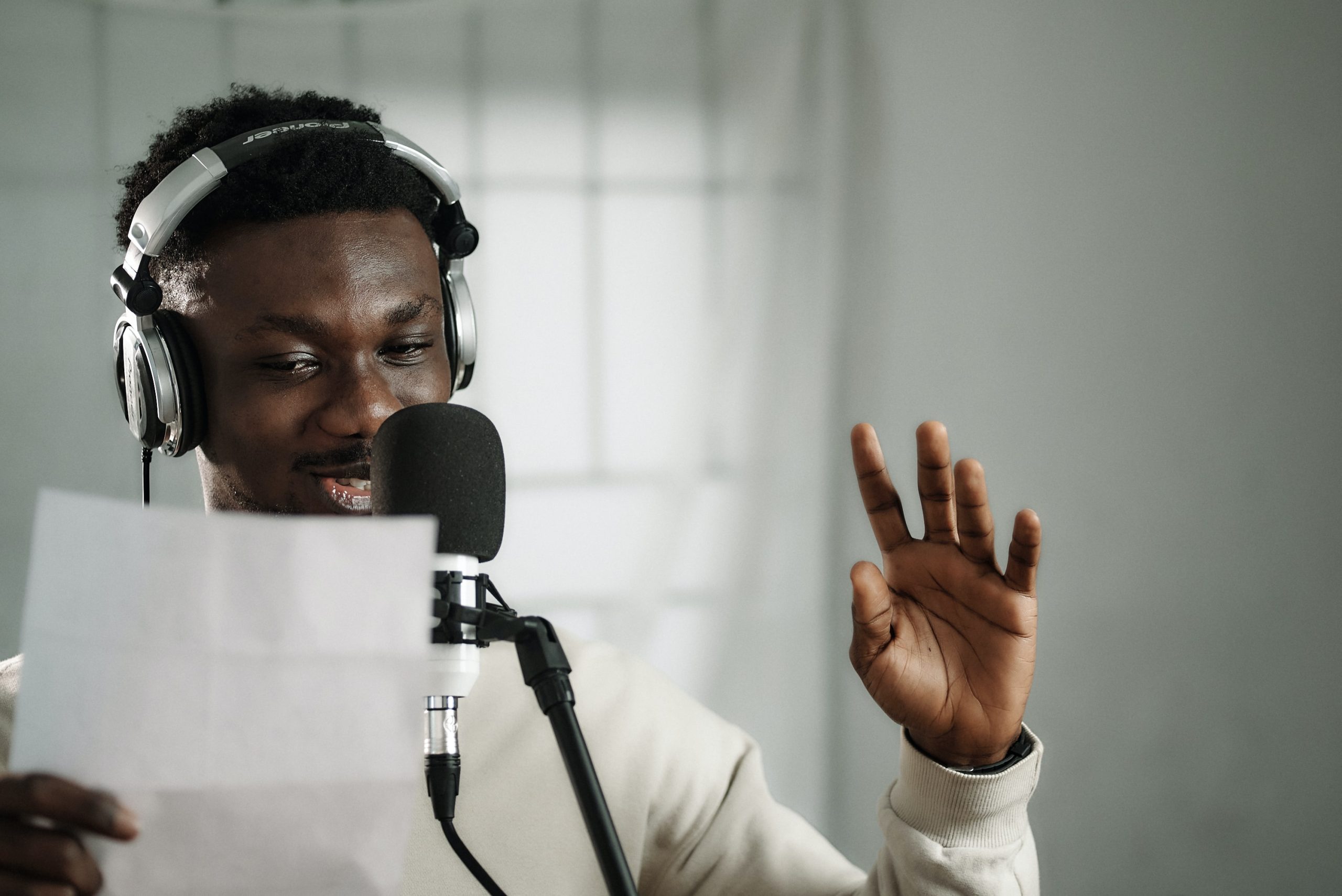
This all means that the voice of a familiar podcast host, whether hosting a show or an ad, could actually be a voice clone. The startup, Podcastle, has an AI voice cloning tool called Revoice, where you can create a digital copy of your own voice but it does sound a bit robotic. Meta ai (better known as Facebook) developed Voicebox, which generates text-to-speech and can remove transient sound like a dog barking or a doorbell ringing.
Other AI models can manipulate tone and pacing to sound more human. However, when comedian Drew Carey used ElevenLabs’ tool to create a voice clone for his SiriusXM radio show, (as well as a script from ChatGPT), people hated it.
That shouldn’t come as a surprise because even if voice cloning can be made to mimic humans, the intimacy of people having a conversation cannot be replicated when robots step up the mic. In addition, nonconsensual use of AI voice clones is both an ethical decision as well as a monetary one. See Ch. 7 for tips on how to best use your own voice in podcasting.
At least one podcast has already been threatened with a lawsuit over AI generated content on their Patreon page. The Dudesy podcast was sent a cease-and-desist letter after there were AI generated images of Tom Brady and as well as an imitation of the football great’s voice.
AI tools such as Podcastmarketing.ai, Capsho, and Podsqueeze can save time and costs in creating marketing assets that include transcripts, show notes, episode descriptions & titles, social media posts, and pull quotes from your episodes. Look for free tiers for limited uploads and you can usually find free trials.
The AI company Seekr created a Civility Score metric to quantify the level of personal attacks in a podcast to help advertisers avoid getting caught in the crossfire. NPR’s Up First and The Mel Robbins Podcast earned the highest scores for low or no personal attacks, while Pod Save America earned the lowest of the Top 20 news podcasts.
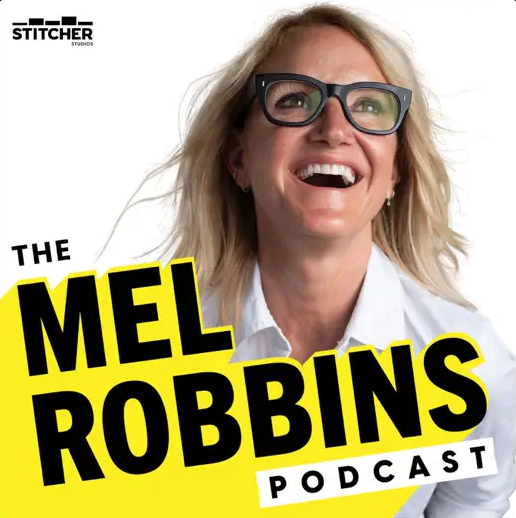
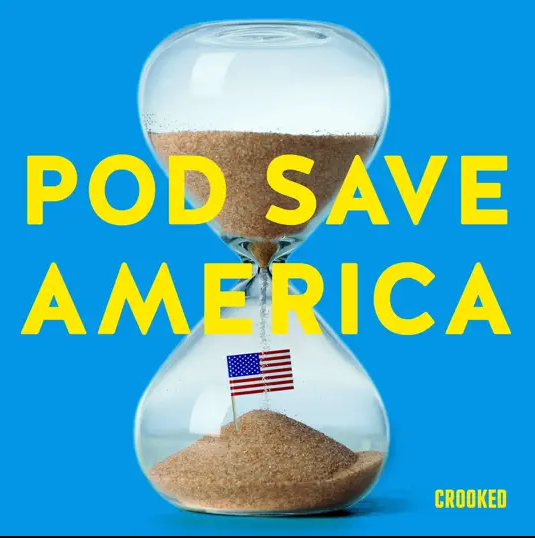
Seekr also released Civility Score ratings for the top ten non-exclusive U.S. podcasts, as compiled by Edison Research. “Now, we can reward the most responsible voices, rather than those that are simply the loudest”, says Oxford Road CEO Dan Granger. No exclusive shows on Spotify are included because transcripts are not publicly available.
The overwhelming majority of listeners believe the news they hear on podcasts, according to a Pew study, which is a much higher level of trust than in other sources of news and information.
However, the podcast ecosystem can no longer escape scrutiny for playing a part in spreading false or misleading information. Spotify’s star podcaster Joe Rogan questioned the risks of vaccines for healthy young people and took lots of heat before he backtracked and said he’s “not an anti-vax person.” With 11 million listeners his reach is massive and influential. He has hosted guests like Alex Jones of Infowars and others who have promoted coronavirus misinformation regarding the virus, vaccines, and treatment – which created lots of headaches for Spotify. The company subsequently pulled multiple episodes of “The Joe Rogan Experience,” Spotify’s No. 1 podcast.
But the problem is bigger than Rogan according to Valerie Wirtschafter at The Brookings Institution, a non-partisan think tank in Washington, D.C. Her study of popular political podcasts concludes that one-tenth contain potentially false information. Since podcasts operate via RSS feeds, no federal license is needed so anyone can be a publisher/broadcaster. She calls the medium “an ideal tool to inject false or misleading information into the mainstream discourse while going undetected.”

The research found that 10 prominent podcasts were responsible “for the majority of the false and misleading content.” The hosts lean politically conservative and reach more than 28 million people on Facebook and Twitter. Steve Bannon’s War Room was found responsible for nearly 70% of conspiracy claims and a quarter of unsubstantiated COVID-claims.
Brookings is taking the influence of podcasting on political discourse so seriously that they built a data tracker focused on political podcasts to better monitor the medium. You can look at weekly trends and users can build their graph by using filters. There are three times as many conservative-leaning shows as liberal-leaning ones, which is not surprising since hosts like Bannon are too extreme for mainstream media.
Public opinion research finds that misinformation is eroding public confidence in democracy. An NPR survey found 6-in-10 Americans saying U.S. democracy is in crisis
As the U.S. gears up for the 2024 presidential election, expect more candidates to be getting on the podcast circuit in hopes of getting their message out. Since TV and media outlets often pay little attention to long-shots, podcasts offer a way to have extended conversations. Video clips then spread those messages to wider audiences via social media on TikTok, Instagram, Twitter, and Facebook.
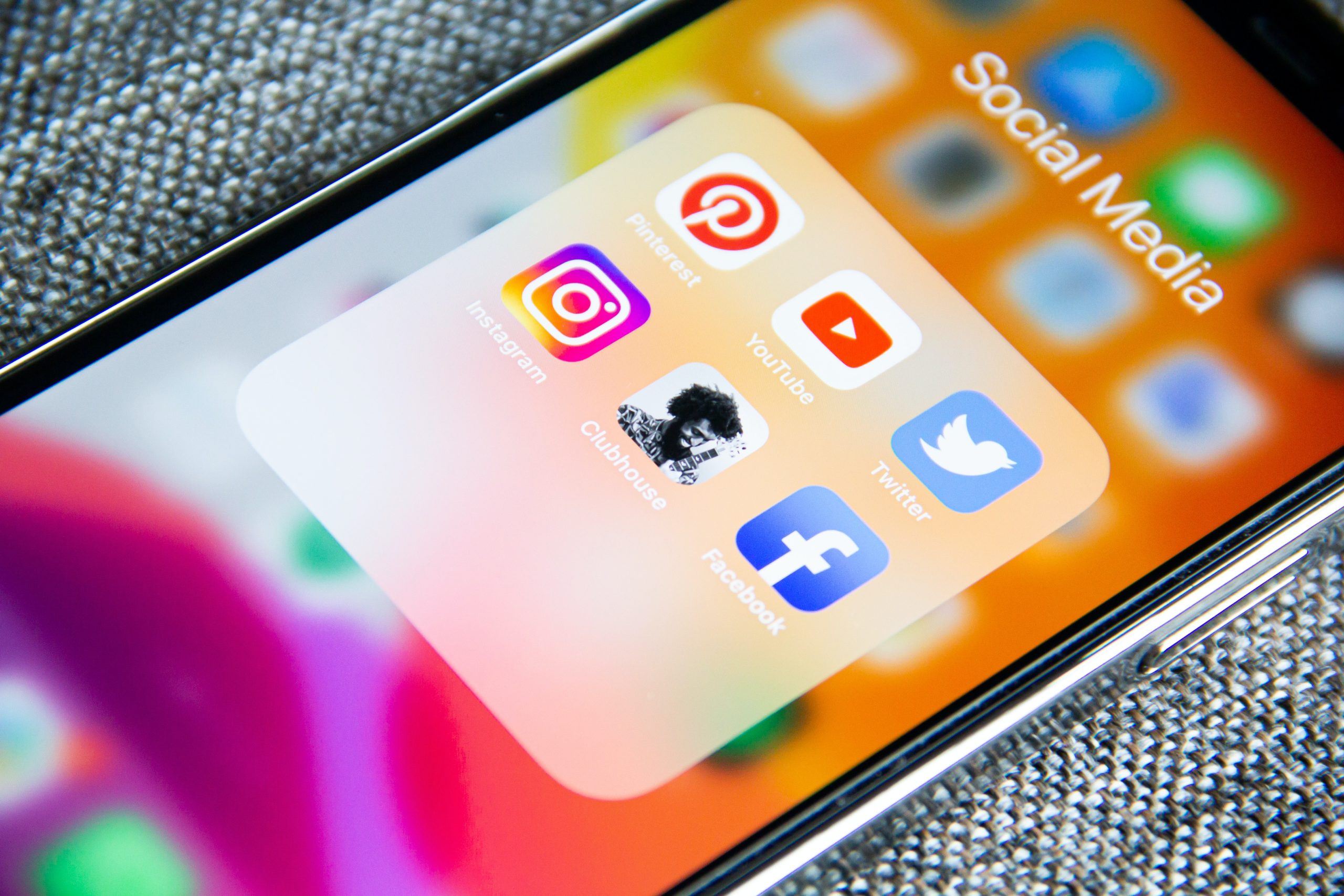
The longer-form of podcasts gives candidates often more than an hour to build grassroots support. Republican Vivek Ramaswamy has been on the Darkhouse Podcast, among many other podcast shows and Ramaswamy has created his own podcast, The Vivek Show.
Democrat Robert F Kennedy has made conspiratorial and inflammatory claims on The Joe Rogan Experience, The Jordan Peterson Podcast, and All-In. Progressive Democrat candidate Marianne Williams appeared on Breaking Points and she also has her own podcast. Even President Biden reached out to the Millennial and Gen Z audience by appearing on the Smartless podcast at the end of 2022.
Video podcasts have been building over the last couple of years, driven by YouTube – which has 5x as many users as podcast platforms and has reach of over 2 billion monthly logged-in users. It’s also a way for the platform to compete with video-first social medium platforms TikTok and Instagram. Those who prefer the video platform most, include many newcomers to podcast listening, young people, and minority populations, who want to see as well as hear their own communities.
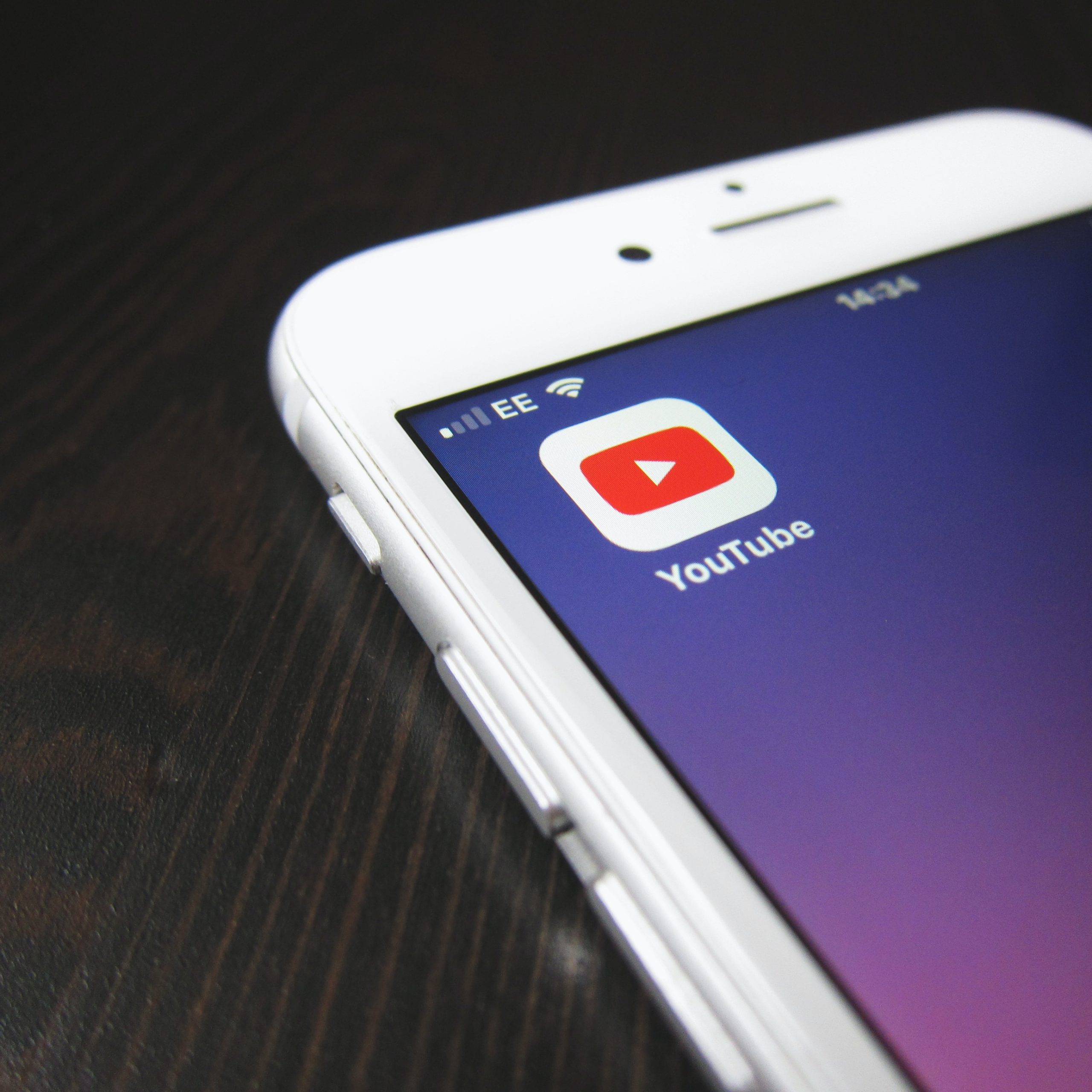
YouTube launched a hub for video versions of shows in 2022. They offered financial incentives to podcasters to create video versions of their shows with grants of up to $50,000 for individual podcasts and up to $300,000 to podcast networks, according to Bloomberg. YouTube created an explainer video on how to create videos in YouTube Studio as well as a Help Center.
In the U.S. YouTube also allows for switching out platforms, as those watching podcasts on the main app can now continue listening to them on audio-only versions of YouTube Music. The option will eventually come to other regions.
YouTube also sought out established podcasters and created partnerships with NPR and Slate to bring over 20 top-performing podcasts to the platform. “Following the global success of our Tiny Desk Concerts, we are excited for our podcasts to reach new audiences on YouTube,” says Anya Grundmann, SVP of Programming and Audience Development at NPR. The New York Times also has a YouTube Channel. However, the strategy is not yet paying off with much of a jump in listenership, according to Bloomberg.
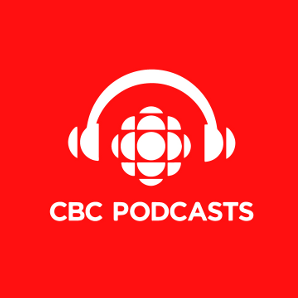
Of course you don’t need video to be on YouTube, you could use a static thumbnail like Wait Wait…Don’t Tell Me, the NPR favorite. The Canadian Broadcasting Corporation (CBC) started its new partnership with YouTube using artwork for a dozen audio podcasts into a new YouYube channel. They will expand to video podcasts with live elements.
ESPN has 28 podcasts on YouTube compared to two a year ago, grouping them into topics like basketball, soccer and MMA. Four are YouTube-only shows.
Spotify now lists over 100,000 video podcasts on its platform but that is only 2% of their total podcasts. The company is actively trying to get more video podcasts, with Spotify for Podcasters, replacing the podcast publisher Anchor. Executive Julie McNamera told The Verge “video podcasting is one of the fastest growing areas of podcasting, and we expect that growth to continue. The company sees a growth in podcast consumption translating to more ad dollars.
Find tips on creating a video podcast from Resonate Studios.
The social media app TikTok, with over 1 billion monthly users is adding podcasts. Invitations have been sent with how to add podcast feeds to TikTok via RSS, with a message that says, “Viewers will be able to listen to your podcast episode from the linked videos.” Here’s some advice on how to promote your podcast using the app.
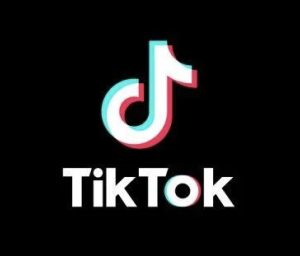
This comes at a time when the U.S. government, some states, local school districts, some colleges, and foreign governments banned TikTok use on official devices because of spying concerns over the Chinese-owned video sharing app.
Let’s remember that audio podcasts and those on YouTube are not mutually exclusive, with independent podcasters not flocking to video. YouTube is often used as a discovery tool as podcasters can use video to reach more people and boost revenue by also sharing some video content even if they don’t use video for an entire show. Audio-only podcasts are still thriving, and I remain a die-hard fan because of audio’s ability to mix great storytelling with the wonderful human imagination.
Podcasts resonate with diverse audiences – Black, Hispanic, and Asian populations, LGBTQ, people with disabilities, females, and younger audiences – and they are all looking for content that reflects their lived experience. Surveys show there would be even more listening if the podcast host reflected that diversity. Edison Research data shows the racial breakdown of monthly podcast listeners, “is almost identical to the spread of the U.S. population.”
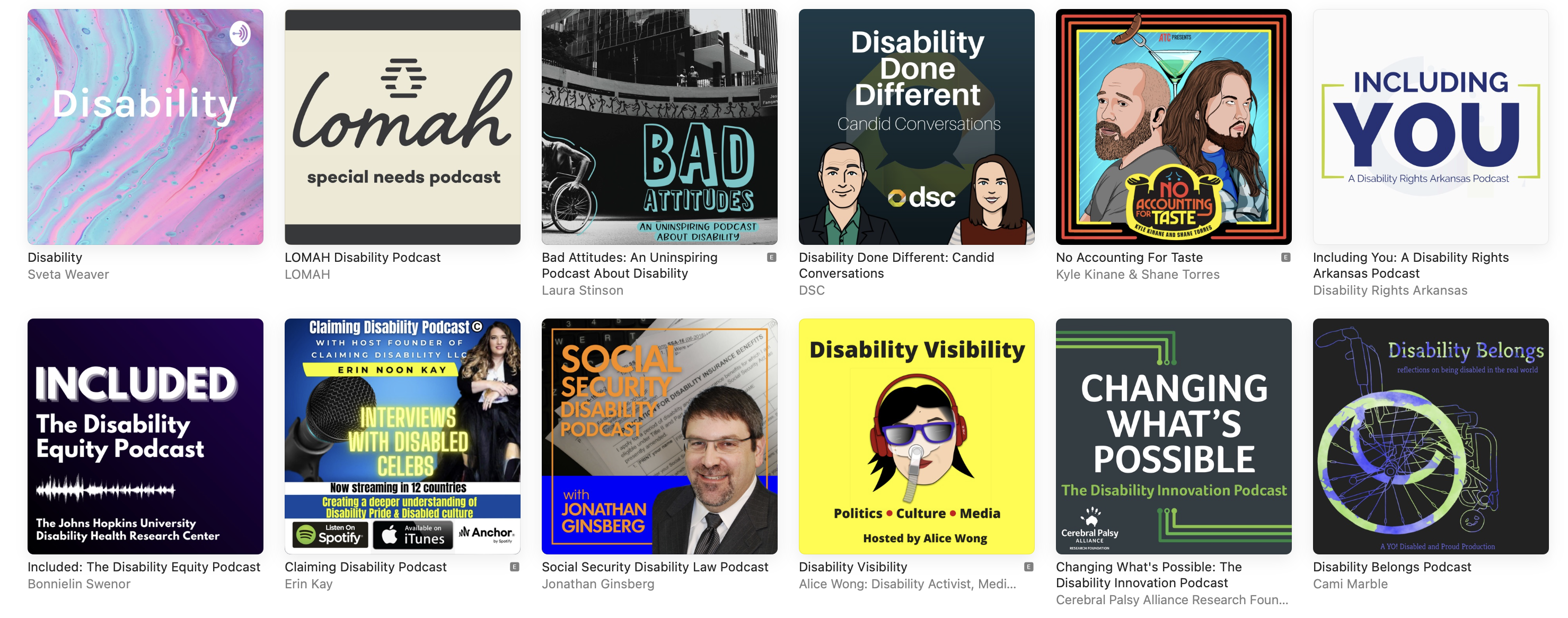
There are also an increasing number of podcasts about disability, with shows that are hosted and developed by the disabled. They provide transcripts for the deaf or hard-of-hearing and the growth of AI in easily creating transcripts creation is a big boost. See Ch. 10 for transcribing resources.
If you use English, the Apple iPhone now offers live captions on podcasts, and there are also live captions for some Android phones or on your computer if you use the Google Chrome browser.
In one effort to help those from underrepresented communities, The Podcasting, Seriously Awards Fund supports independent BIPOC, Queer and Trans audio producers in submitting their work to media/journalism competitions with reimbursements up to $200 for awards and $500 in education/training.
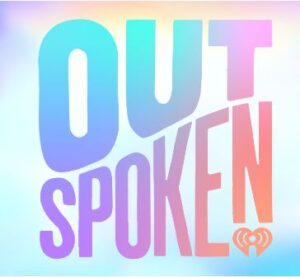
iHeart has launched Outlook, a new LGBTQ+Voice Podcast Network to help bring greater diversity into the podcast space. The lineup of programming will include notable personalities such as Rosie O’Donnell, Lance Bass, Laverne Cox, Bowen Yang, Matt Rogers, and others. “We’re also honored to have some of the biggest personalities in podcasting joining us as advocates by using their massive platforms with millions of listeners,” says Will Pearson, President of iHeartPodcasts.
Across the globe podcasts have exploded in listenership in Latin America, Africa, and the Middle East. The Spanish-language podcast, Radio Ambulante, has reported on immigration to drug policy, and in Brazil AfroPai and PretaLab cover racism, gender, and sexuality. In the Arab world is the women-led network, Kerning Cultures, while in Africa shows like AfroQueer explore LGBTQ+ issues. Podcast Host took a look at the podcasting industry in Africa and making African podcasts more accessible to the deaf and hard-of-hearing.
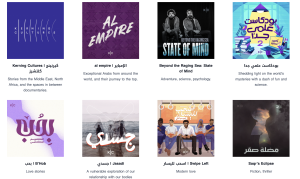
Underrepresented voices are finding new opportunities in podcasting with opportunities for training, fellowships, mentoring, funding, professional trade organizations, and podcast conferences.
Since 2018, Spotify’s Sound Up Program has helped podcasters in underrepresented communities with “educational opportunities, resources, and access to industry experts.” The program is open in 12 markets, (Japan, Italy, the U.S., U.S. LatinX, India, Mexico, Australia, Sweden, the U.K., Germany, Brazil, and Argentina). Graduates have released popular shows including Dope Labs, Search Engine Sex, You Heard Me Write, and FOGO: Fear of Going Outside. Participants go through four weeks of training in storytelling, audio production, and workshop their ideas.
Now Spotify’s NextGen Audio Program, which showcases creators from underrepresented communities in the audio industry, has expanded to historically Black colleges and university(HBCU) campuses in the U.S., started with Spelman College in Atlanta, Georgia.
Women make up nearly half the podcast listening audience yet they remain a minority when it comes to podcast hosting. In recent years the podcast industry recognized the importance of this sizable audience by supporting programs to nuture podcast development and growth.
However, in 2023 that support took a hit as two major podcast festivals for women were postponed or canceled due to a lack of industry support and funding. The 2023 International Women’s Podcast Conference was canceled, while the in-person She Podcasts conference was canceled and replaced with a virtual format. The International Women’s Podcast Awards does still operate with women-led Everybody Media, a podcast production company. There are entrance fees but also some scholarships.
One bright spot came from Jar Audio, a full-service branded podcast agency. They introduced an emerging women podcaster competition. The winner’s ideas will result in a pilot episode.
The best hope for change might be the podcast networks that are now run by and for women.
Lemonada Media launched in 2019 as a woman-owned podcast network that produces content that “makes life suck less.” Cofounders Stephanie Wittels Wach and Jess Cordova Kramer connected after they both lost little brothers to opioid overdoses and wanted to give everyone a platform.
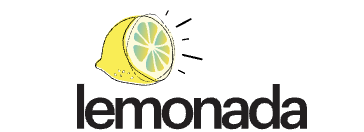
Lemonada shows are diverse, from Add to Cart with Kulap Vilaysack and SuChin Pak, to Blind Plea, a true-crime story about domestic abuse, and a show talking with older women, Wiser Than Me with Julia Louis-Dreyfus. In 2022 Kramer and Wittels Watts were named among the ‘Top 50 Most Powerful People in Podcasting.” Also on that list is Jen Sargent, CEO of the Wondery Network.
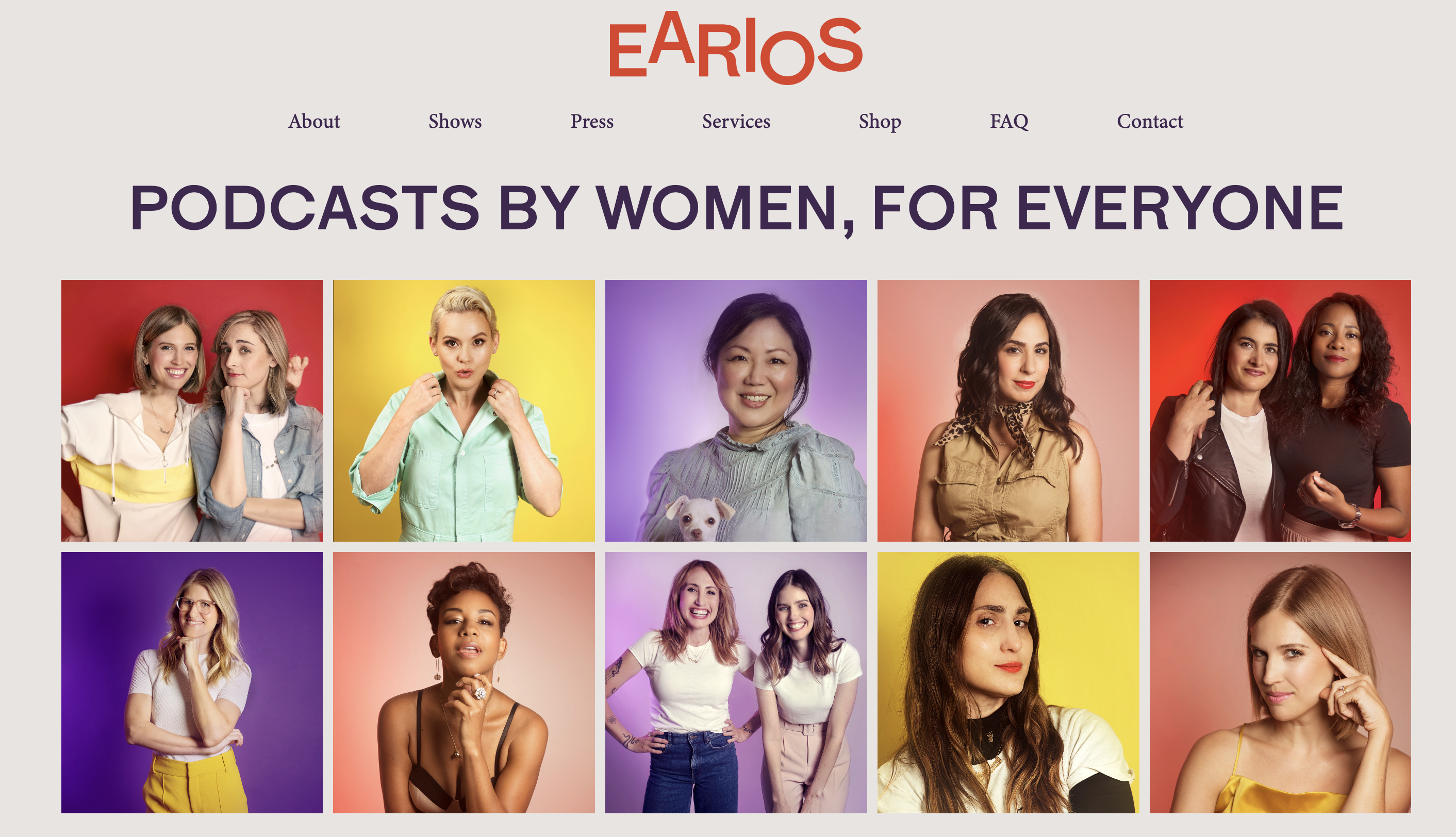
EARIOS is a podcast network of shows created by women but for everyone. You can purchase consulting services.
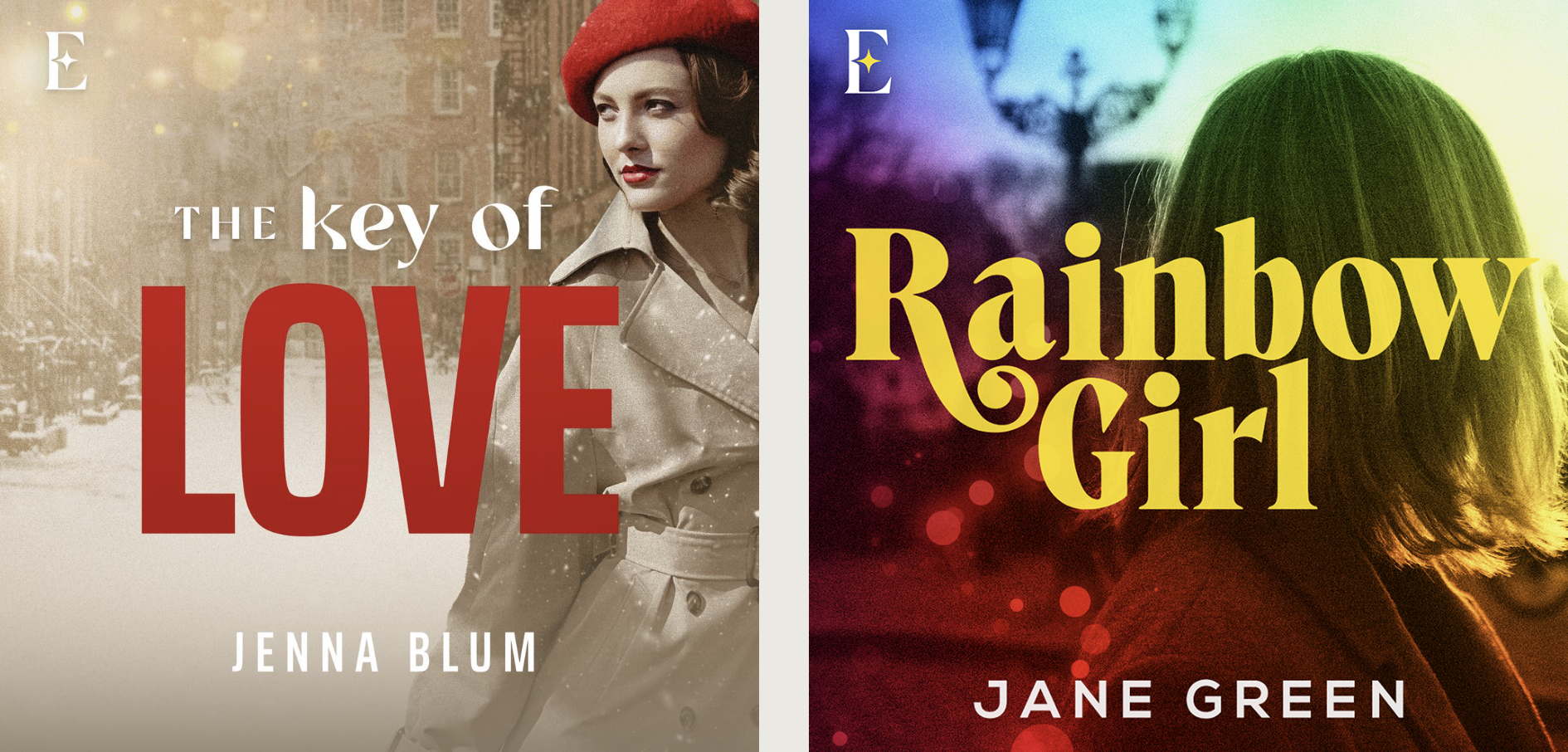
In the world of fiction, Emerald Audio is a new premium podcast network with a female storytelling focus. “Fiction, particularly female-driven fiction, is at the very beginning of its growth in that area, and there are so many opportunities for strong, powerful stories aimed at women, says Co-founder and Bestselling author Jane Green. There will be a collection of nationally recognized storytellers.
While podcasting is an inclusive industry that almost anyone can join, there’s still a race and gender inequity pay gap that mirrors the rest of society where on average women make 17% less than men, or 82-cents for every dollar a man makes in the same job. It’s even worse for women of color. Find more about salaries in Chapter 10.
Podcast host and syndication service Simplecast quotes a study that found a pay gap in early-stage company equity grants. “The most alarming imbalance exists in Venture Capital (VC) funding. In 2018, women of color experienced the deepest gap, with Black women receiving 0.0006% of funding, and Latinx women receiving 0.32%. Companies founded by women raised 2.3% of total VC funding invested. Mixed-gender founding teams raised 10.3% — still dismally low compared with the funding received by white, non-Hispanic male founders.” Simplecast signed a pledge to take action on the issue.
The size of the podcast audience continues to grow, but the boom days of mega-buck podcast deals are over – Spotify’s spending spree of more than a billion dollars for exclusive content, studios, and big-name talent, has fallen flat. “The dumb money is gone, the easy money has slowed down, and the smart money has seen some pullback,” consultant and former NPR and Audible executive Eric Nuzum told Vanity Fair.
Spotify reportedly paid $100 million for The Joe Rogan Experience, $60 million for Call Her Daddy, $340 million for the podcast networks Gimlet and Anchor, $230 million for The Ringer network, and a $20 million dollar deal with Harry and Meghan’s Archewell Audio. That deal came to a messy end and Spotify executive Bill Simmons called the couple, “gifters” on his podcast.

Spotify ended the multi-year deal after only one series and a holiday show being produced. The company also cut 200 jobs in their podcast division. What’s clear is there is now a realignment going on in the podcast industry as companies struggle to figure out how to be profitable and expand audience. Spotify is developing creator partnerships with individual creators such as Dax Shepard’s Armchair Expert and Alex Cooper’s Call Her Daddy and has merged its podcast units from Gimlet and Parcast into Spotify Studios.
There were also layoffs at SiriusXM, PRX, podcast publishers Vox Media and Pushkin Industries, and NPR cut staff by 10% and stopped production of four podcasts to deal with a shortfall in corporate sponsorship revenue.
Now, podcasting is now a more mature industry, but faced with economic challenges from less spending on ads and more available show inventory, companies are being more selective in closing deals, or what some call ‘rightsizing.’
A reminder that it was just after the 2007-2009 economic recession that some of the bigger podcasts today, such as WTF with Marc Maron and 99% Invisible, were created. Sarah Van Mosel, who was head revenue officer at the podcast network Stitcher, said “podcasting was born from adversity.” Van Mosel calls podcasts the “scrappy survivors” of the media industry. Stitcher is now owned by Sirius XM.
The most active shows and largest audiences are produced by iHeartPodcasts and Wondery, according to monthly tracking of podcasts by Podtrac.
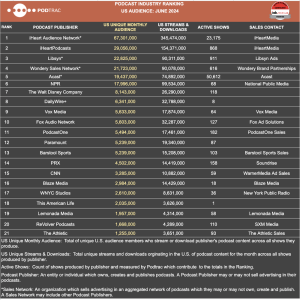
In 2024 Podtrac has now added the first global podcast rankings of top podcast publishers and networks as well as the first ranking to include YouTube views. Traditional metrics have focused only on the RSS distribution of podcasts. The inclusion of YouTube viewership “reflects worldwide multi-platform engagement, according to the analytics company, as well as measuring consumption beyond U.S. borders.
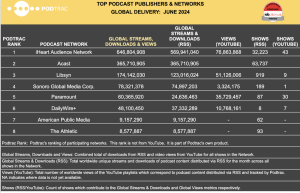
Looking ahead, Eric Nuzum wrote for NiemanLab that companies need to “dump revenue-based metrics as their primary goals,” and to focus instead on audience building. He says if there is a reboot to focus on building relationships with the audience, the money will follow.